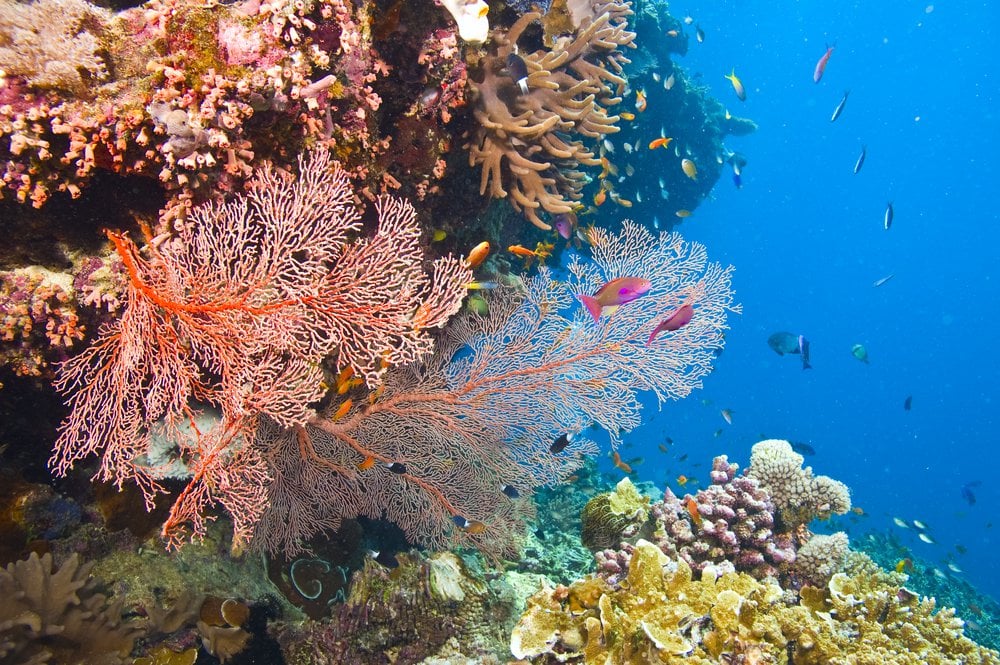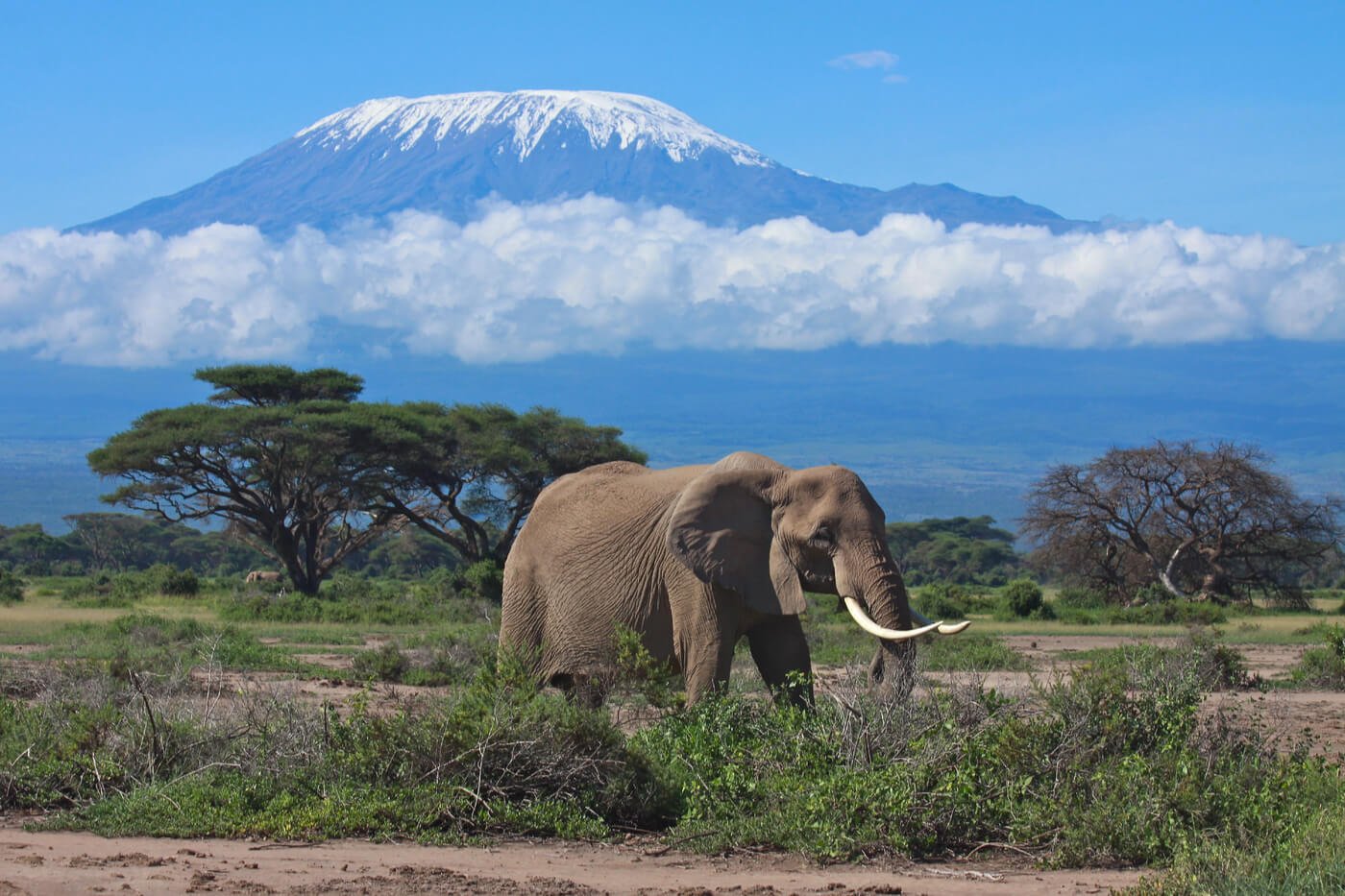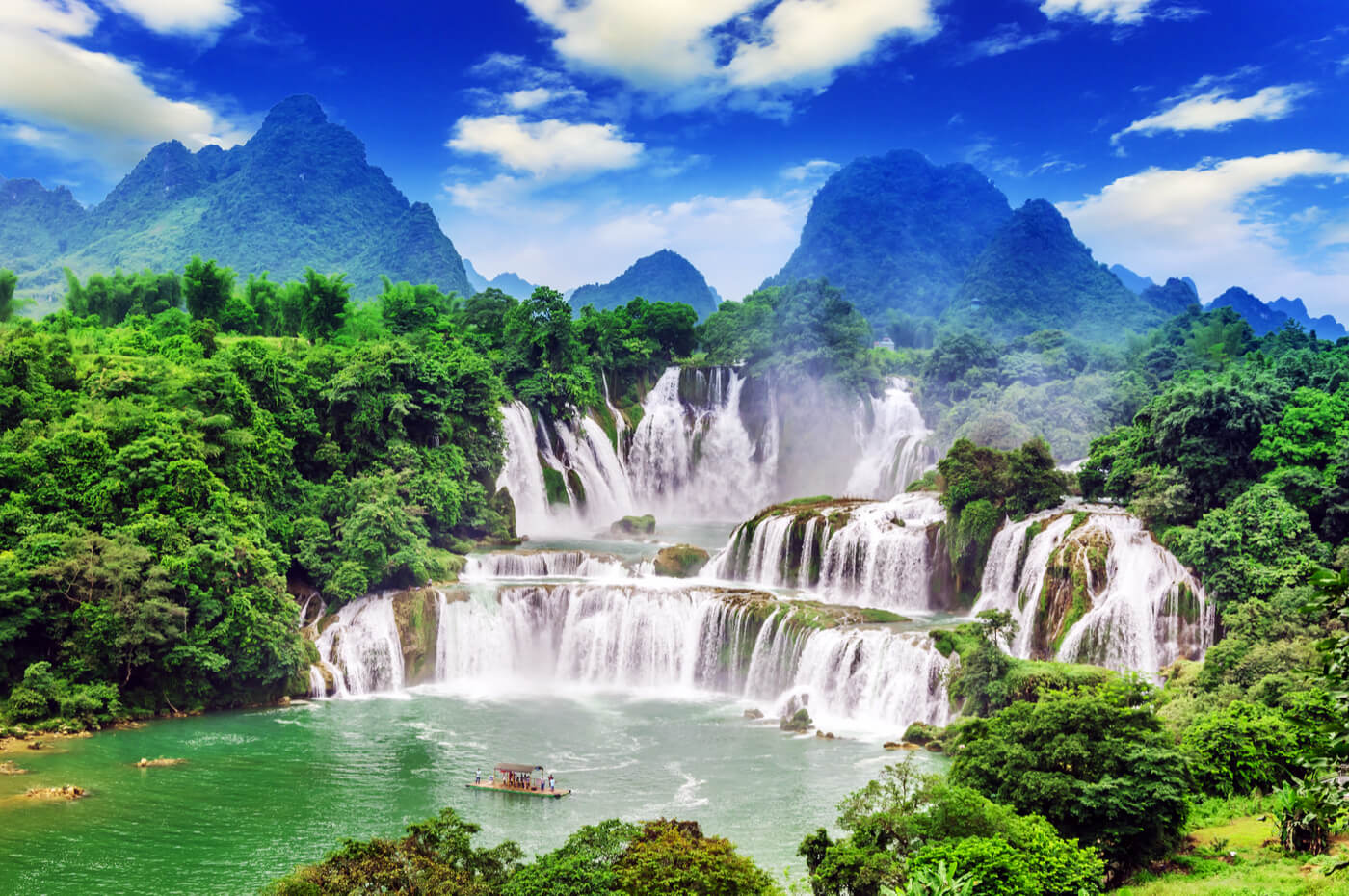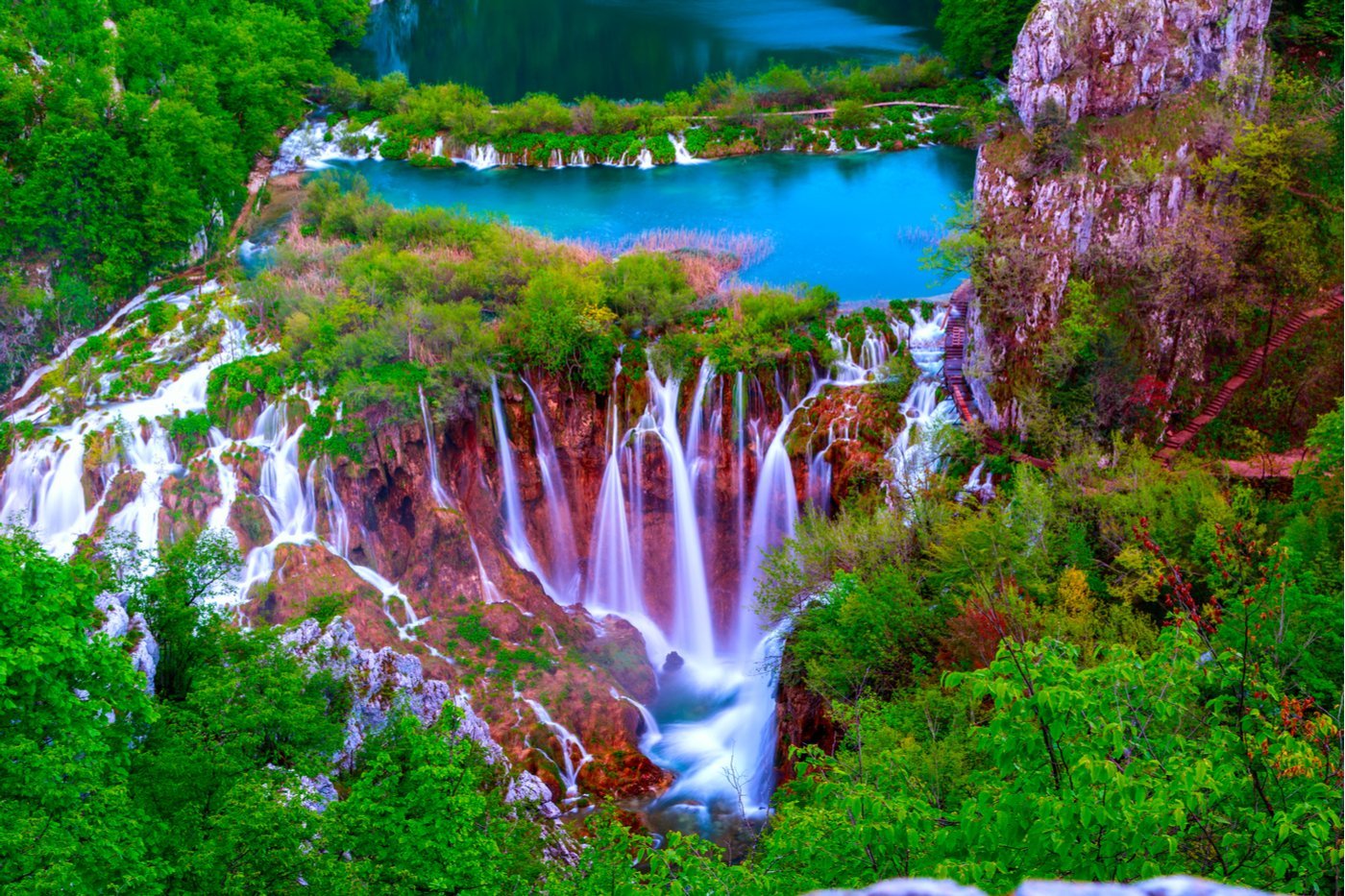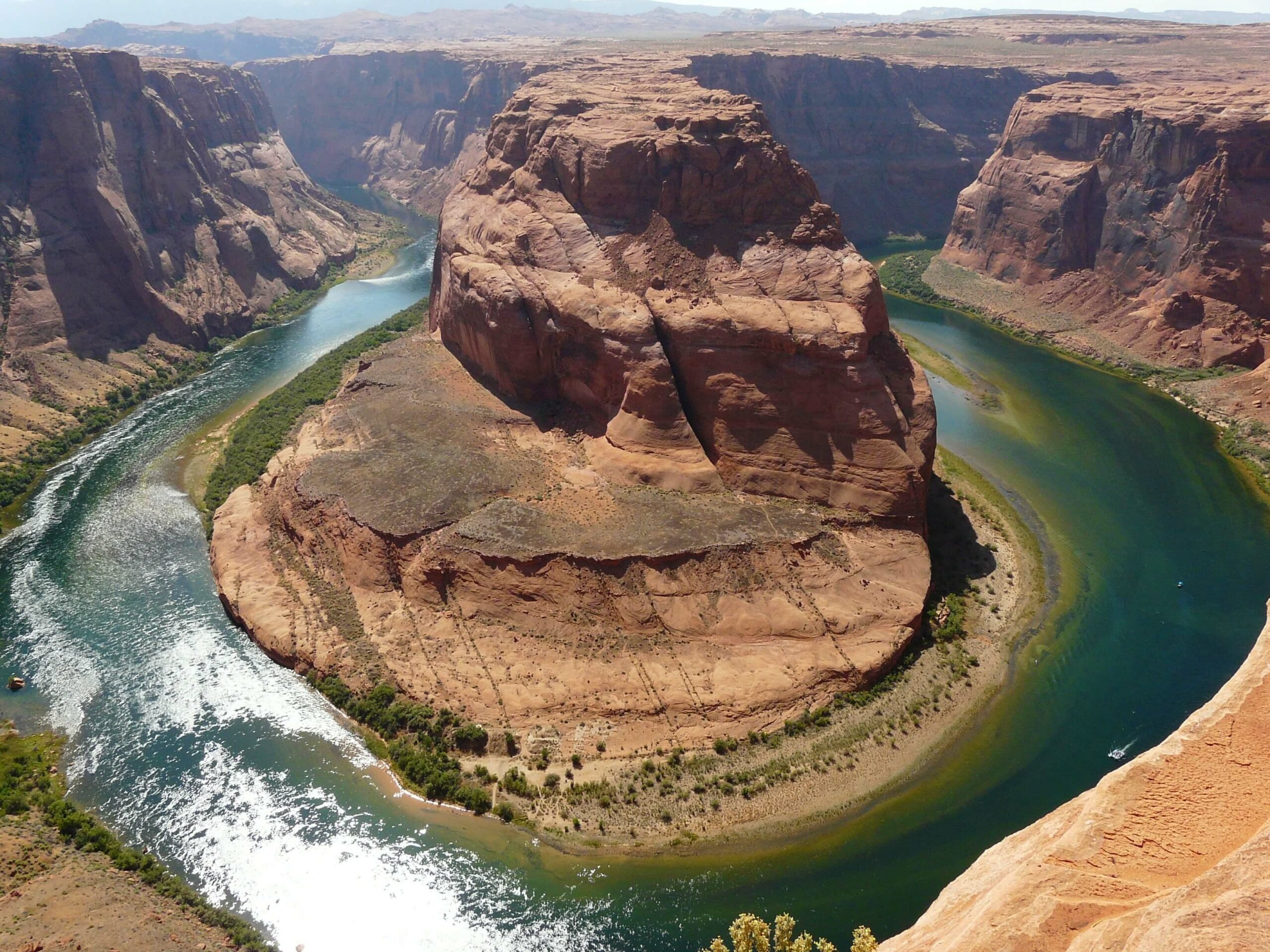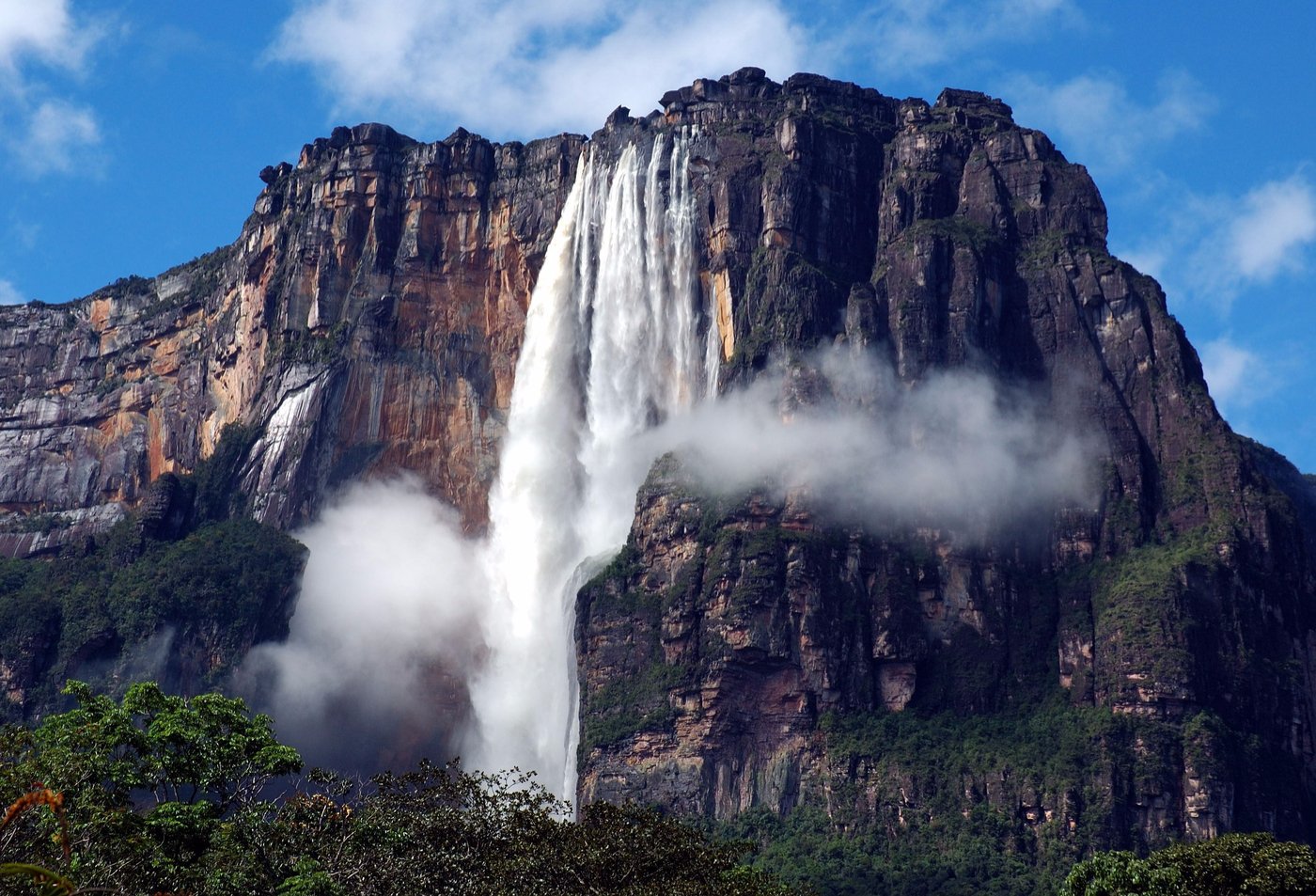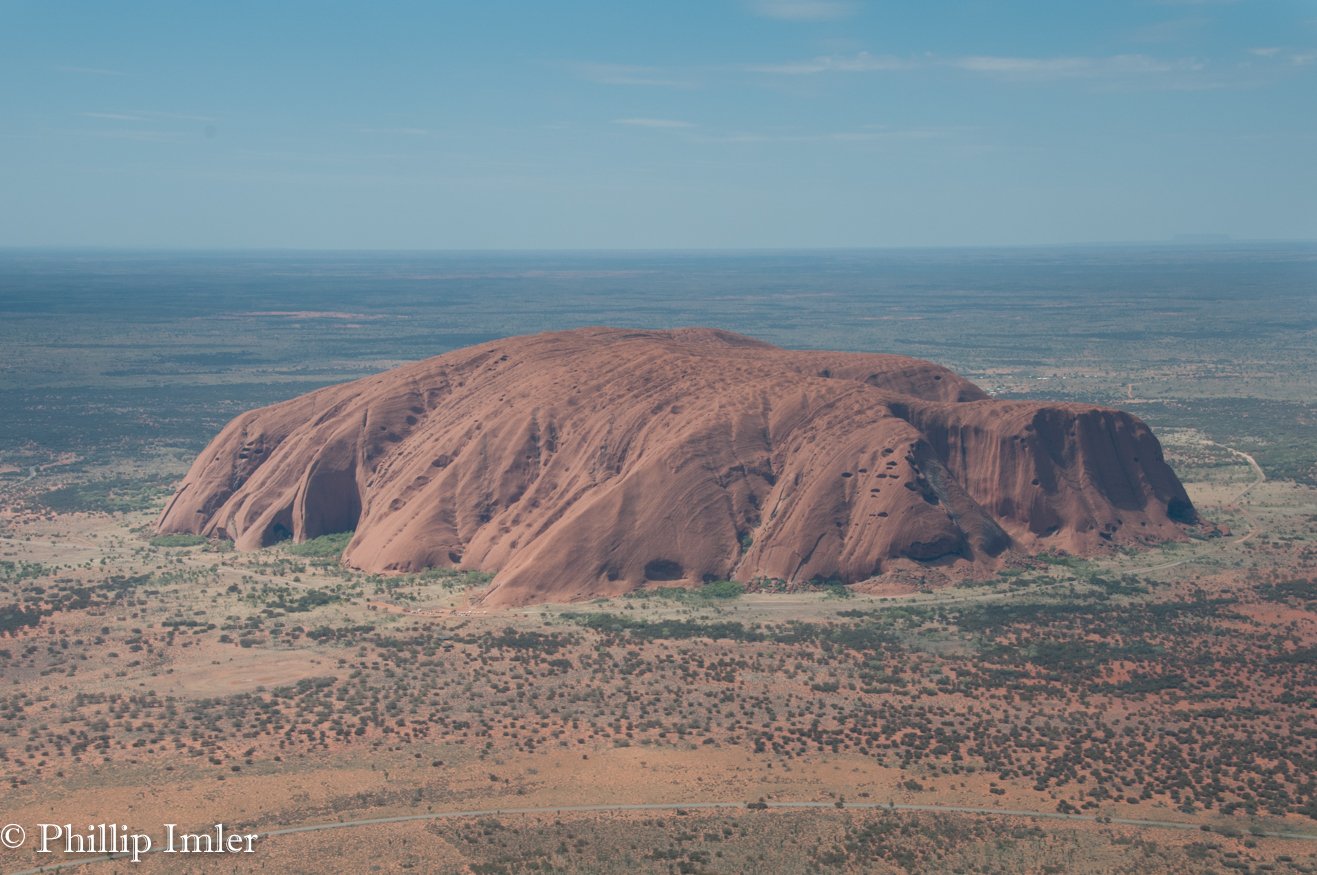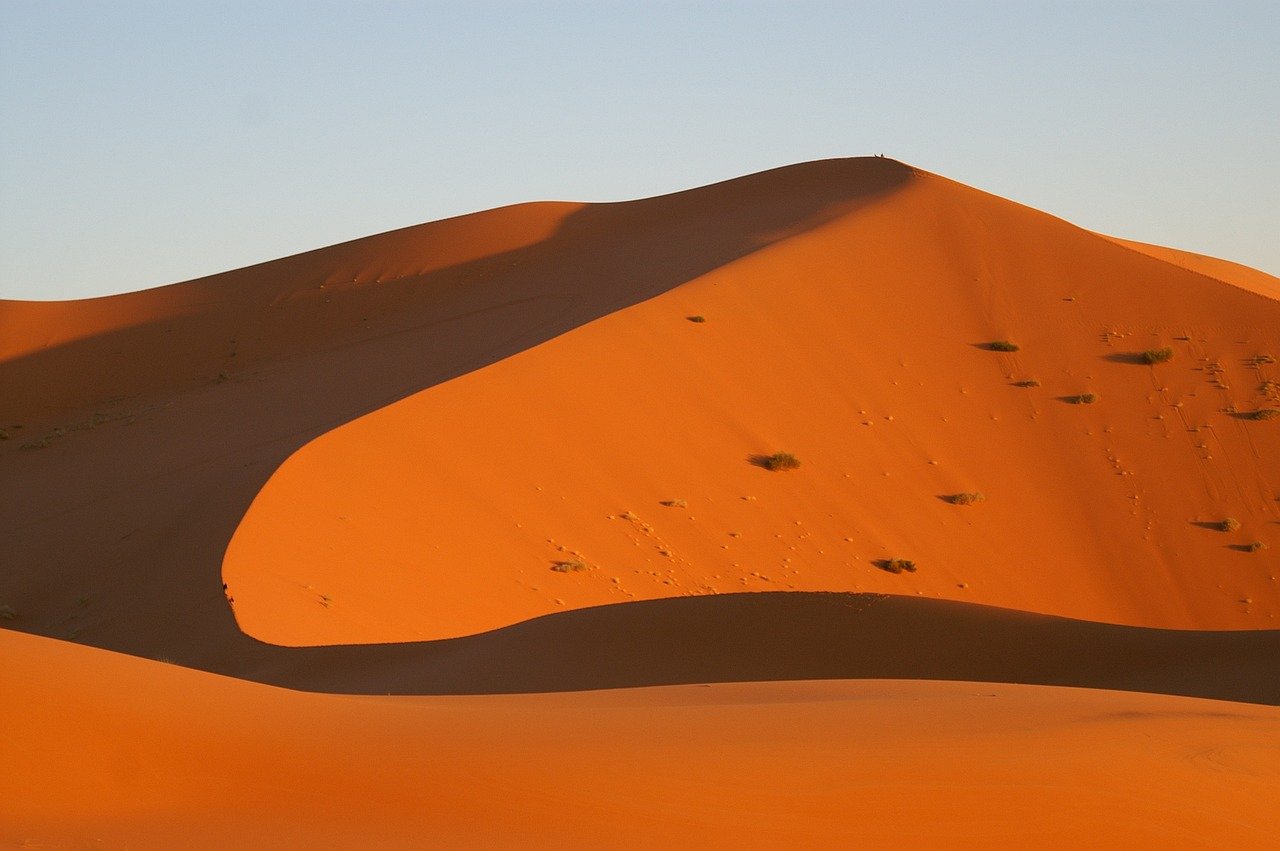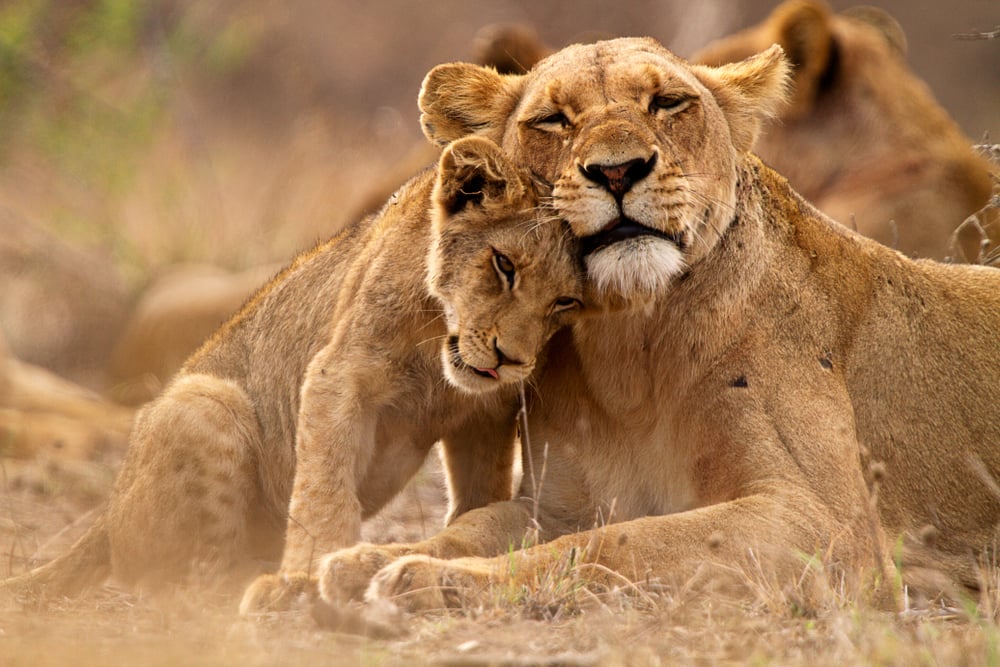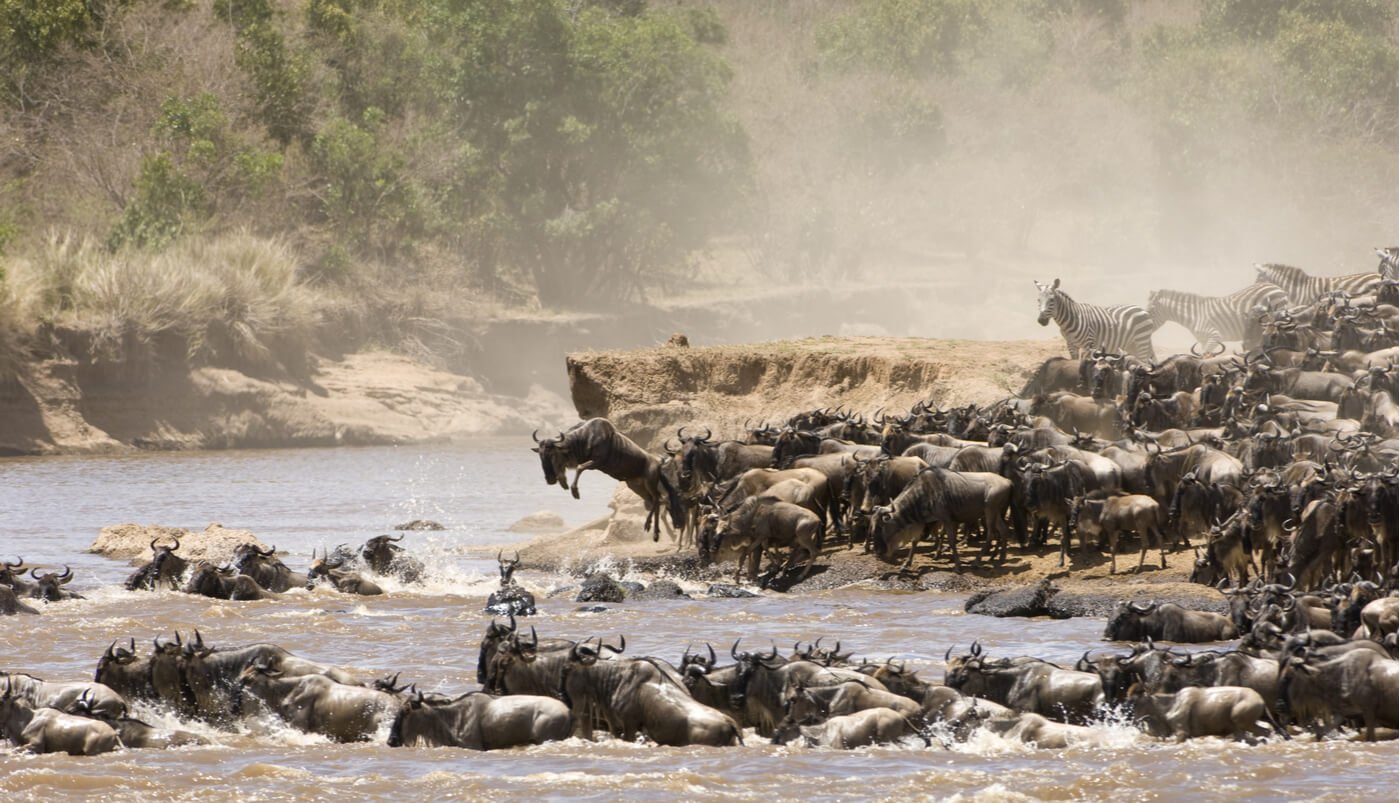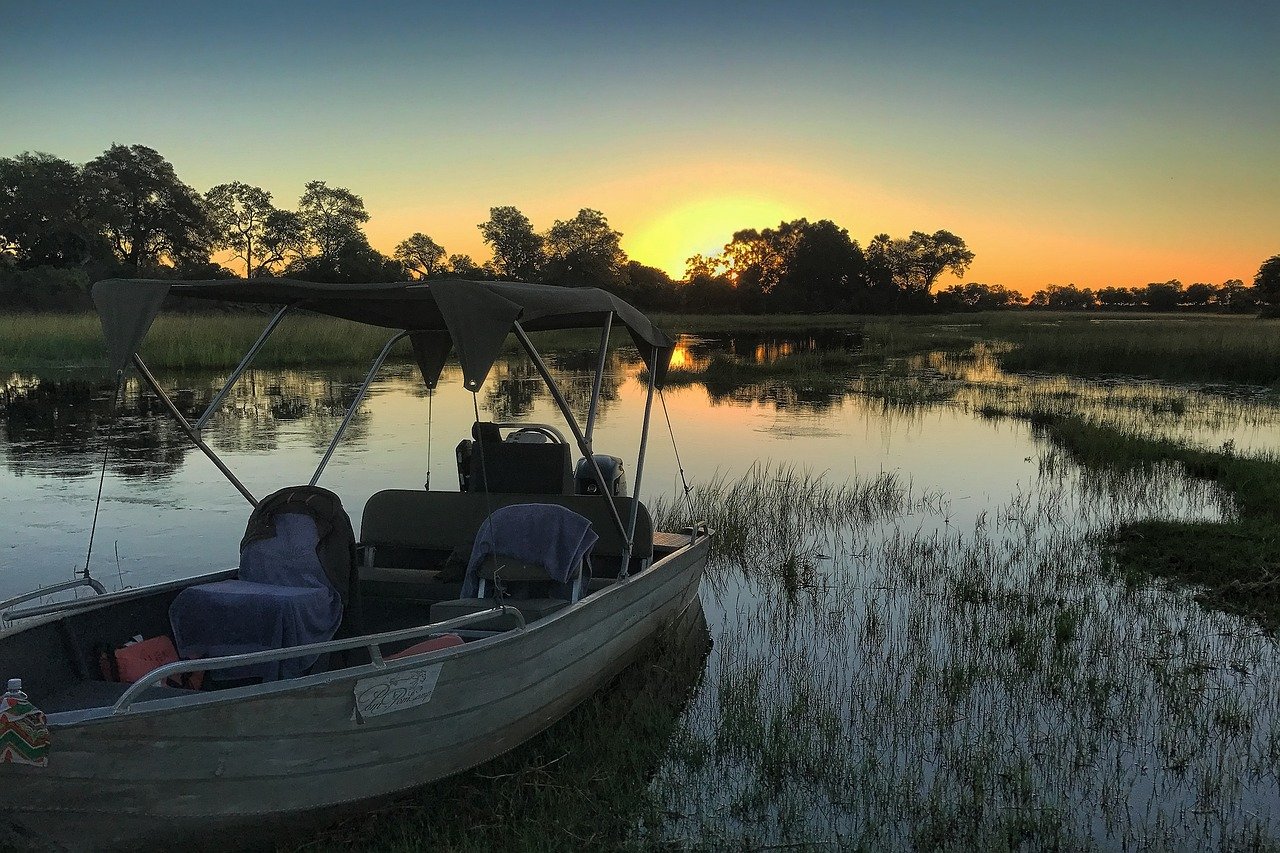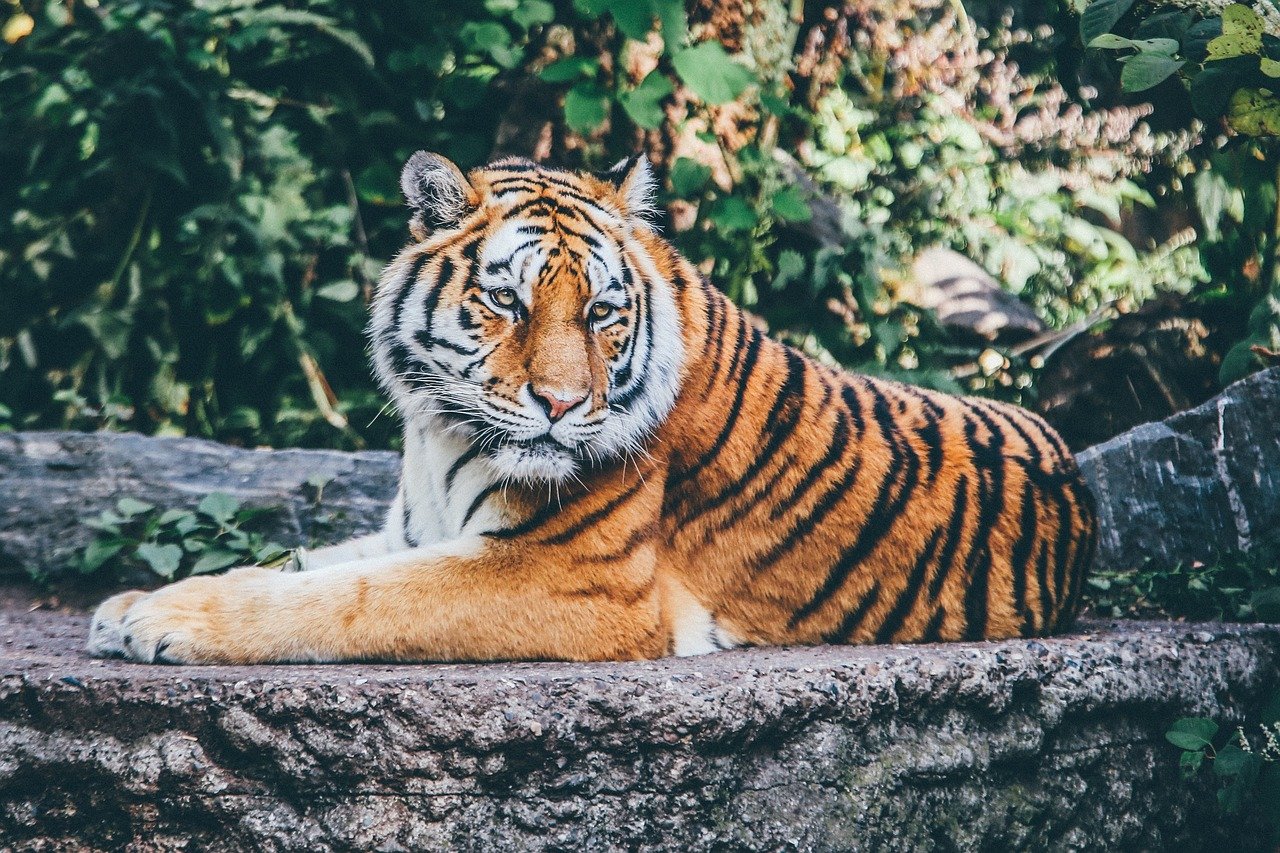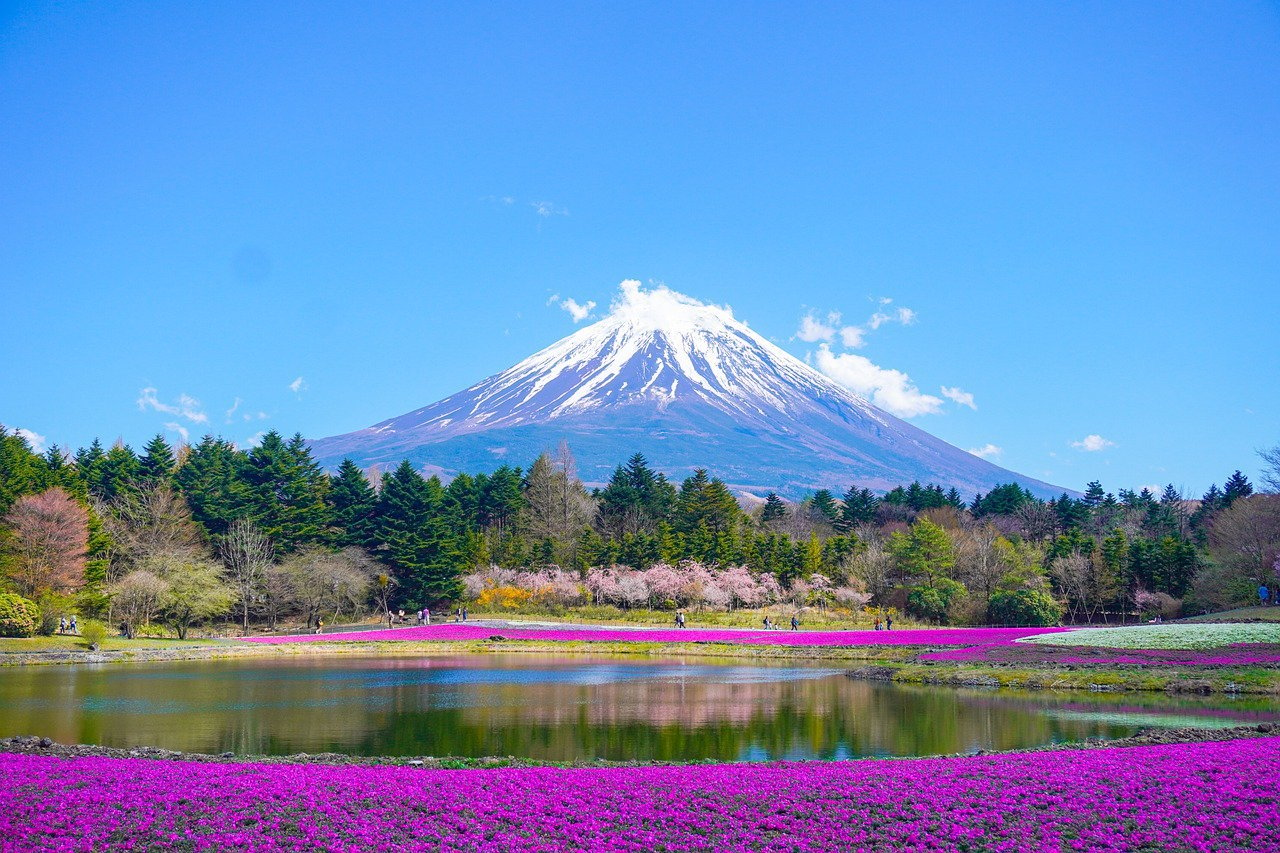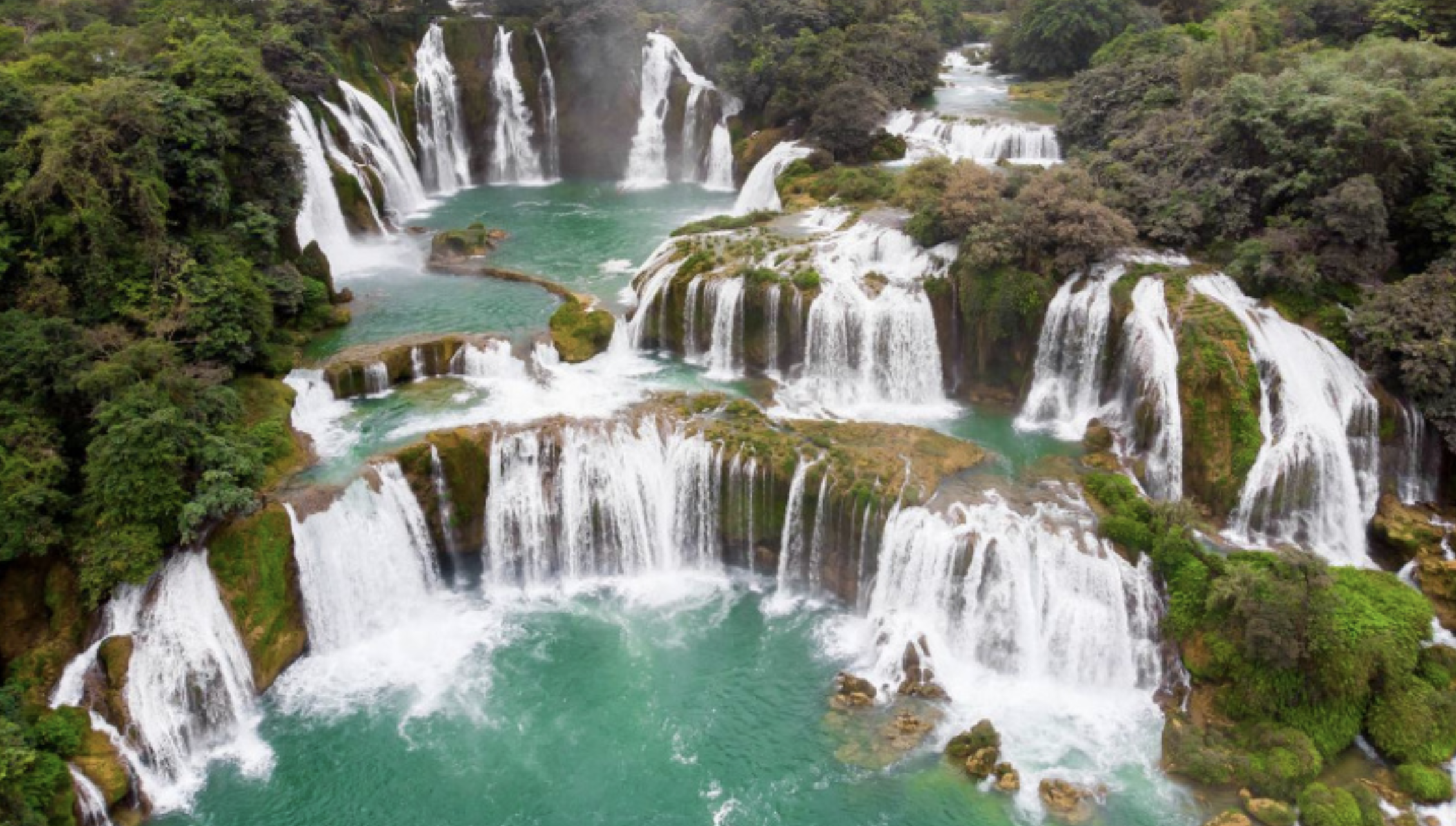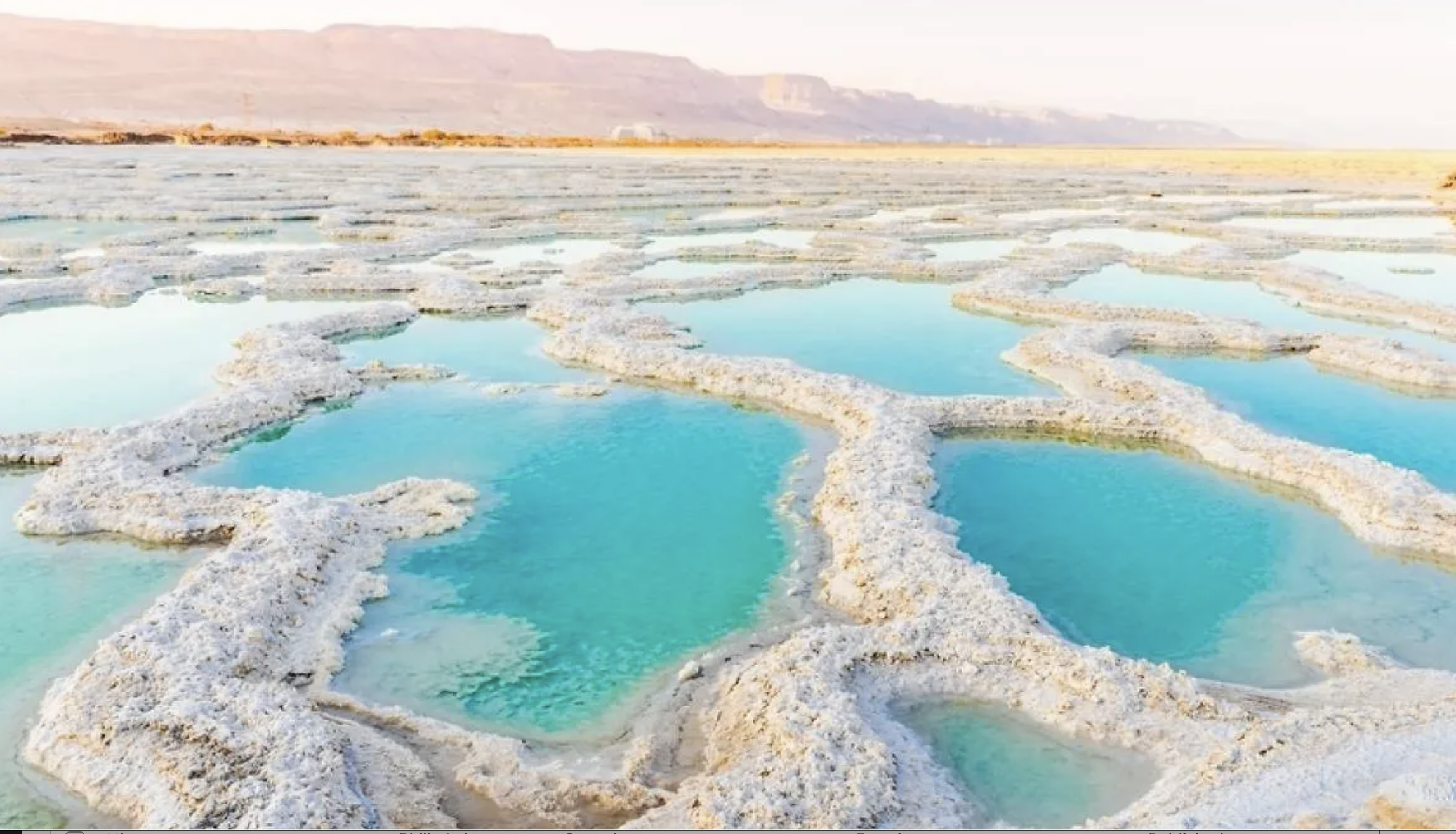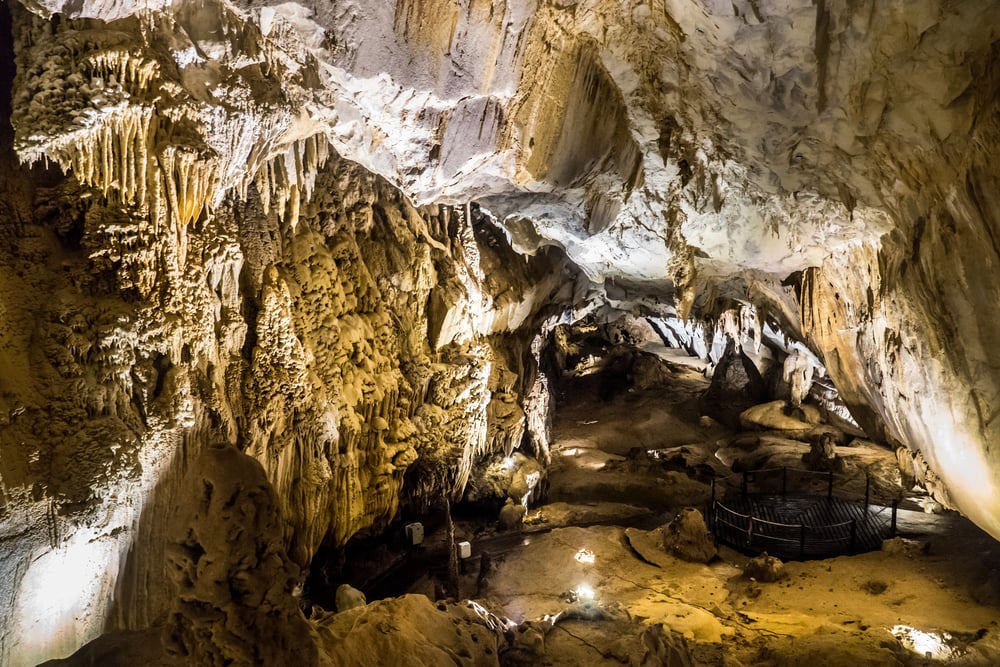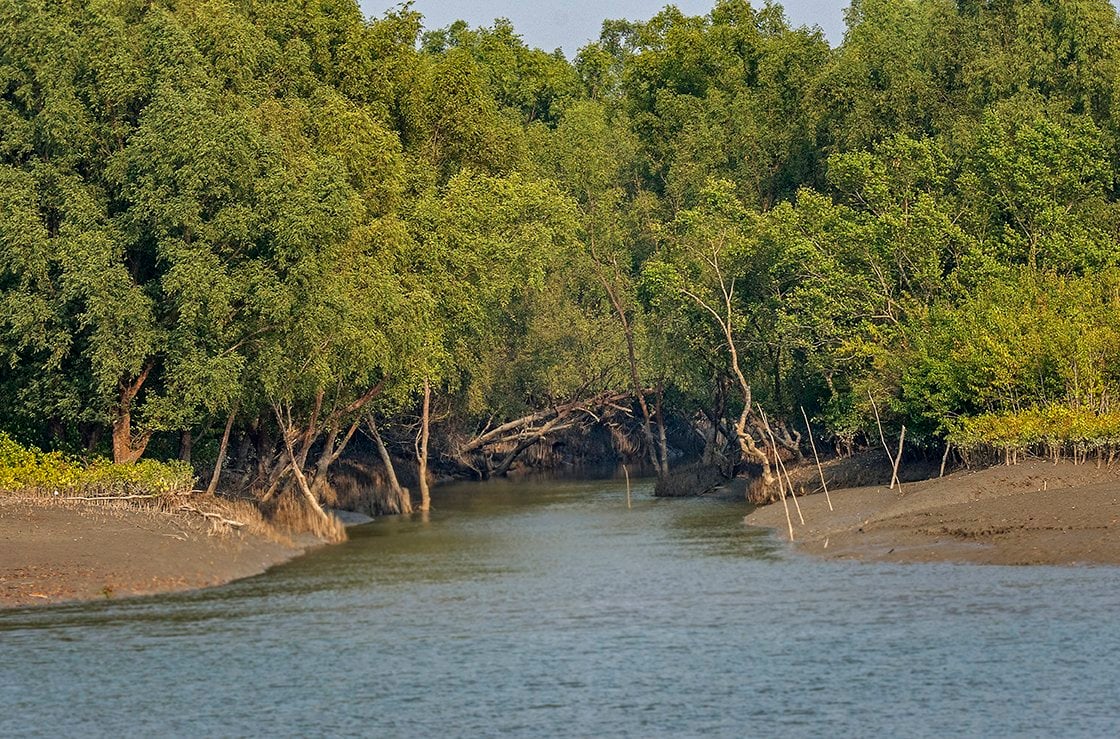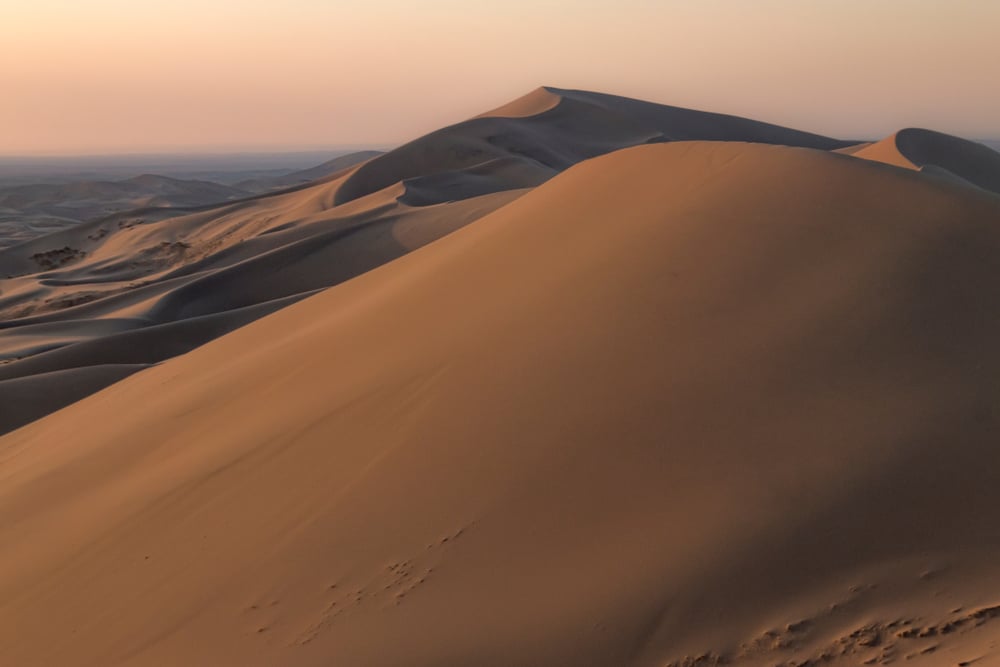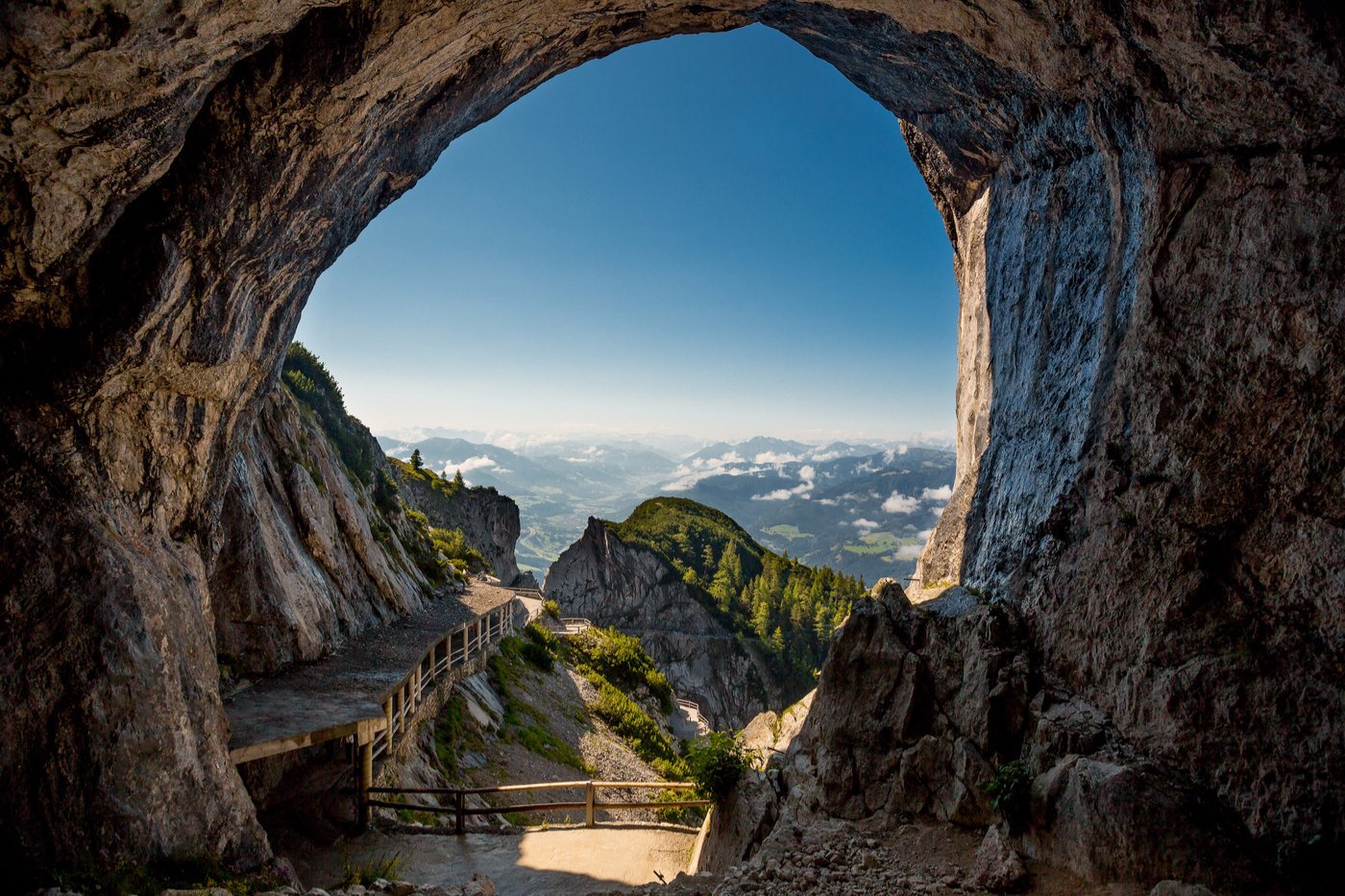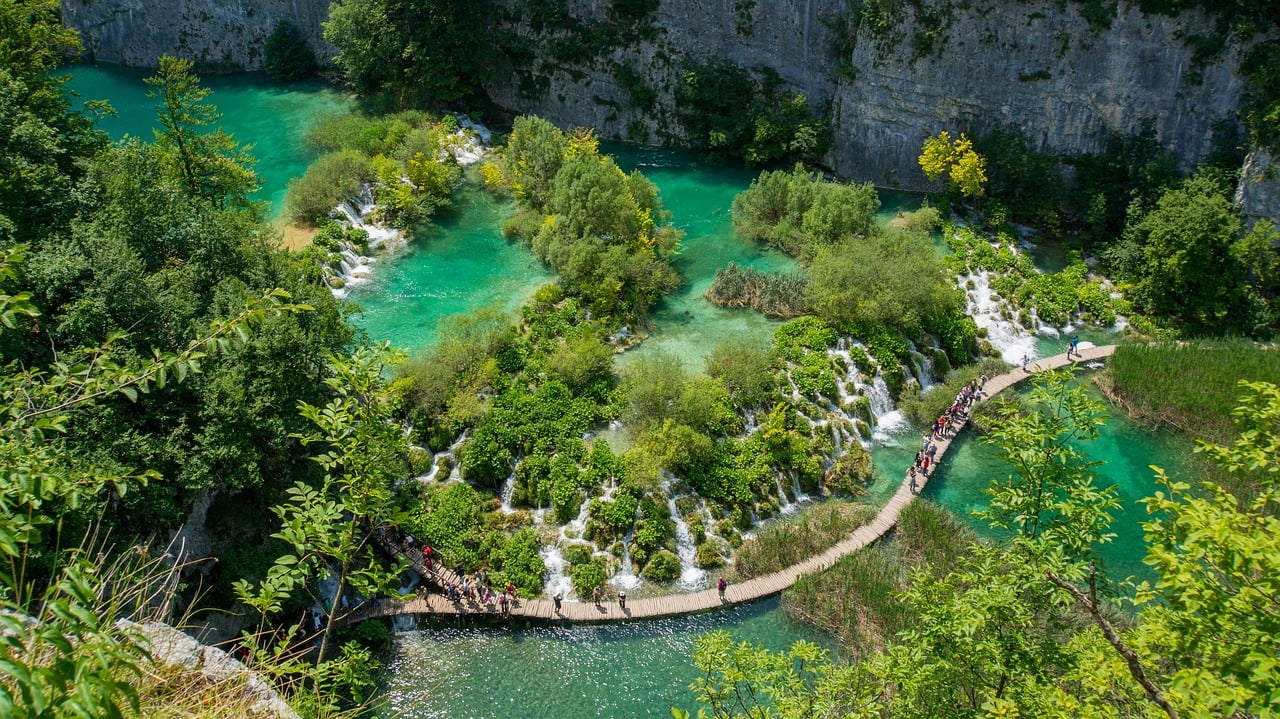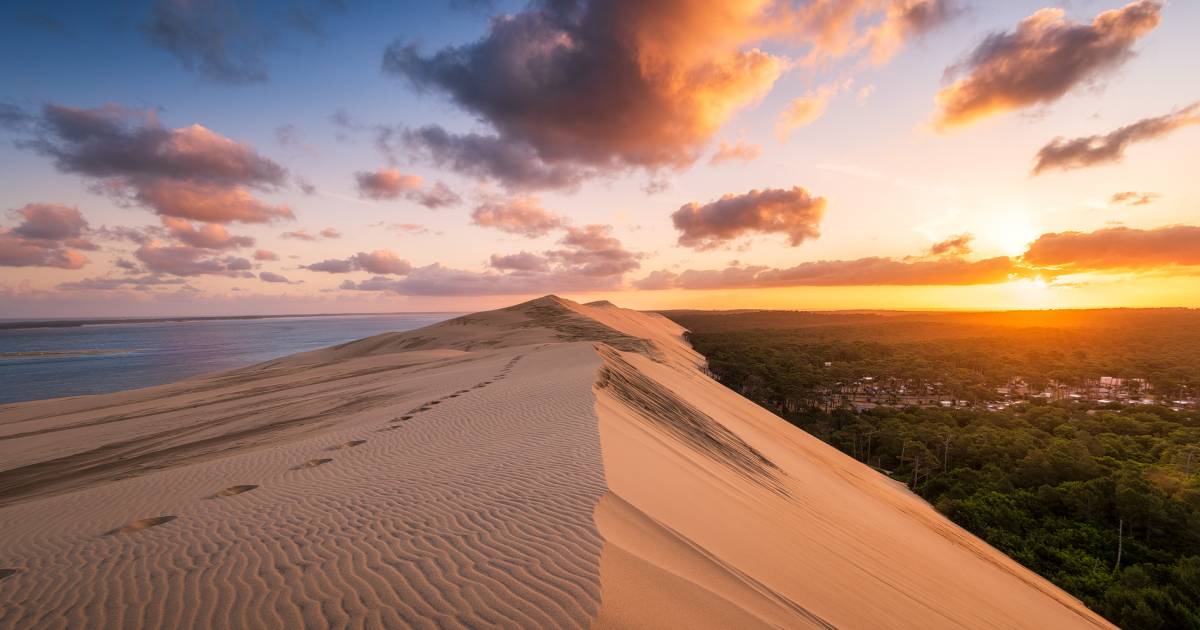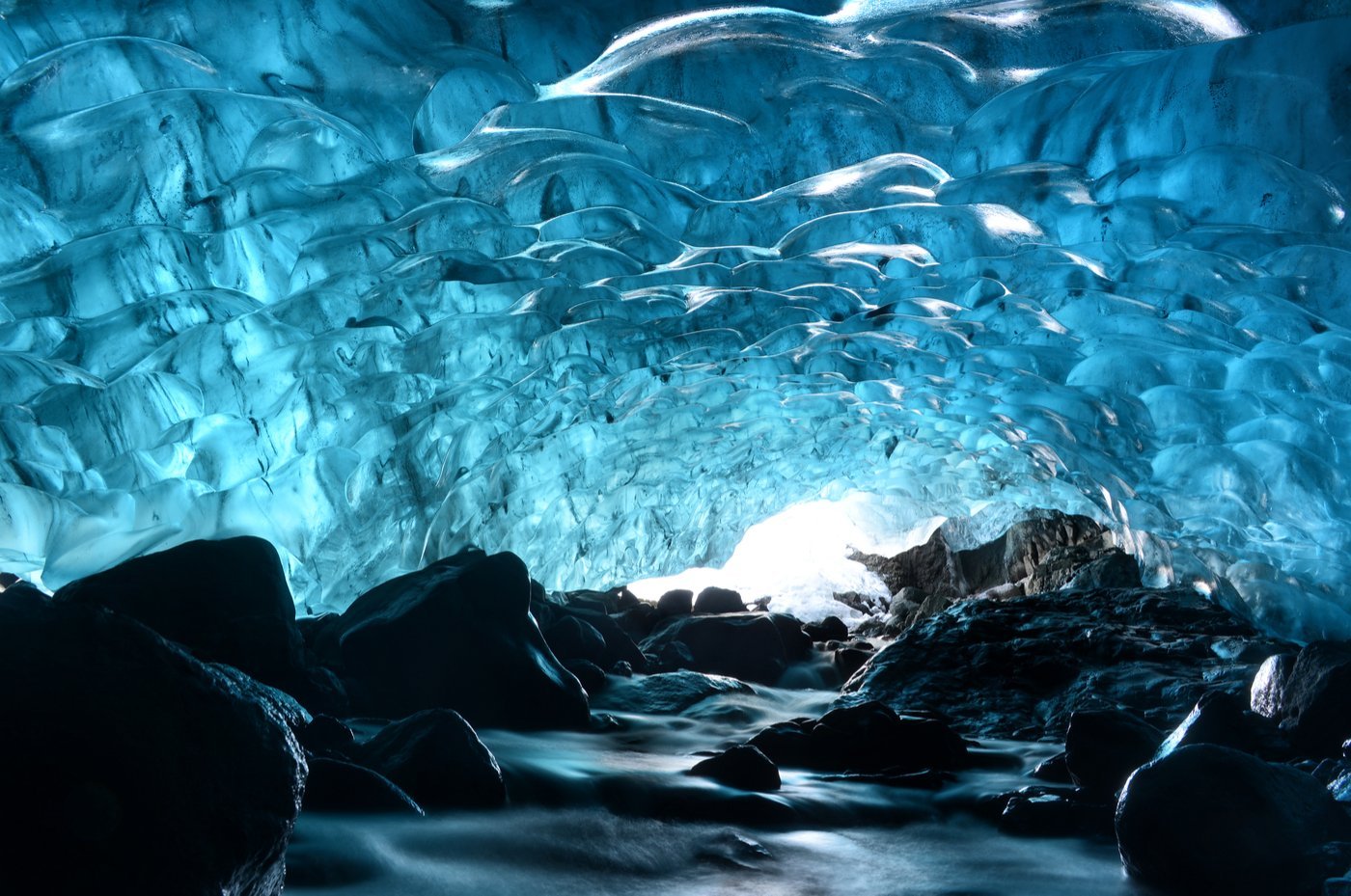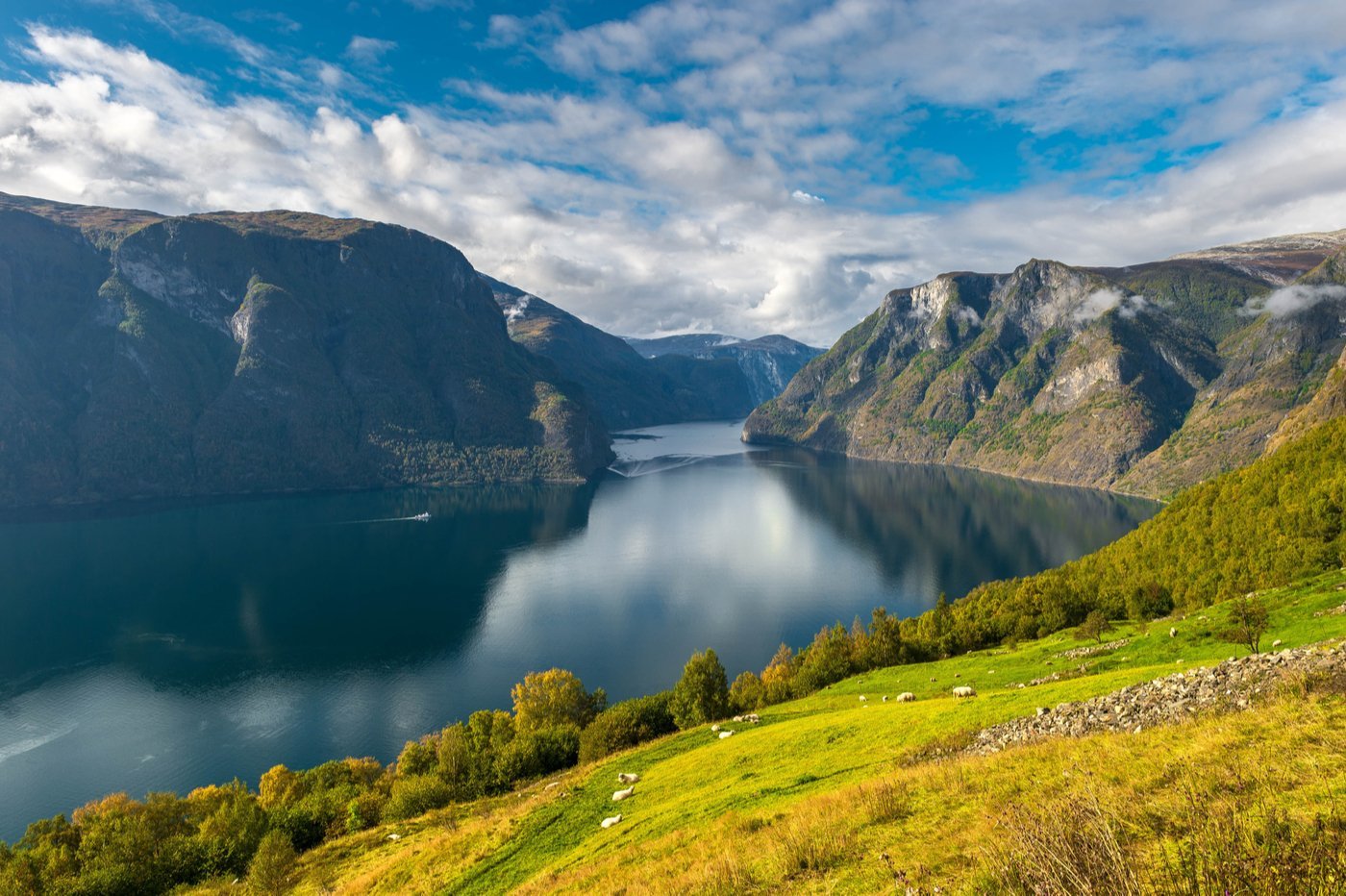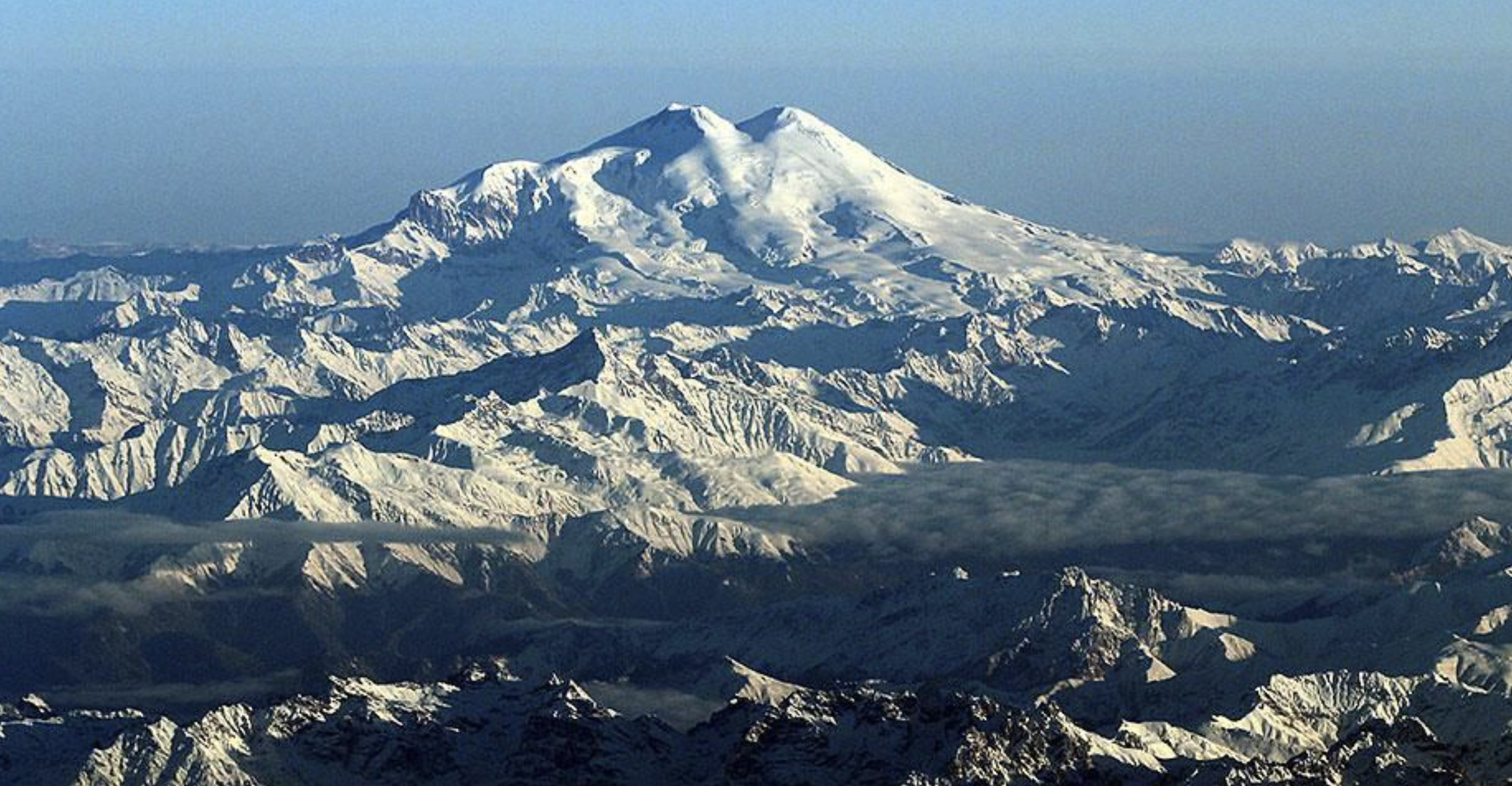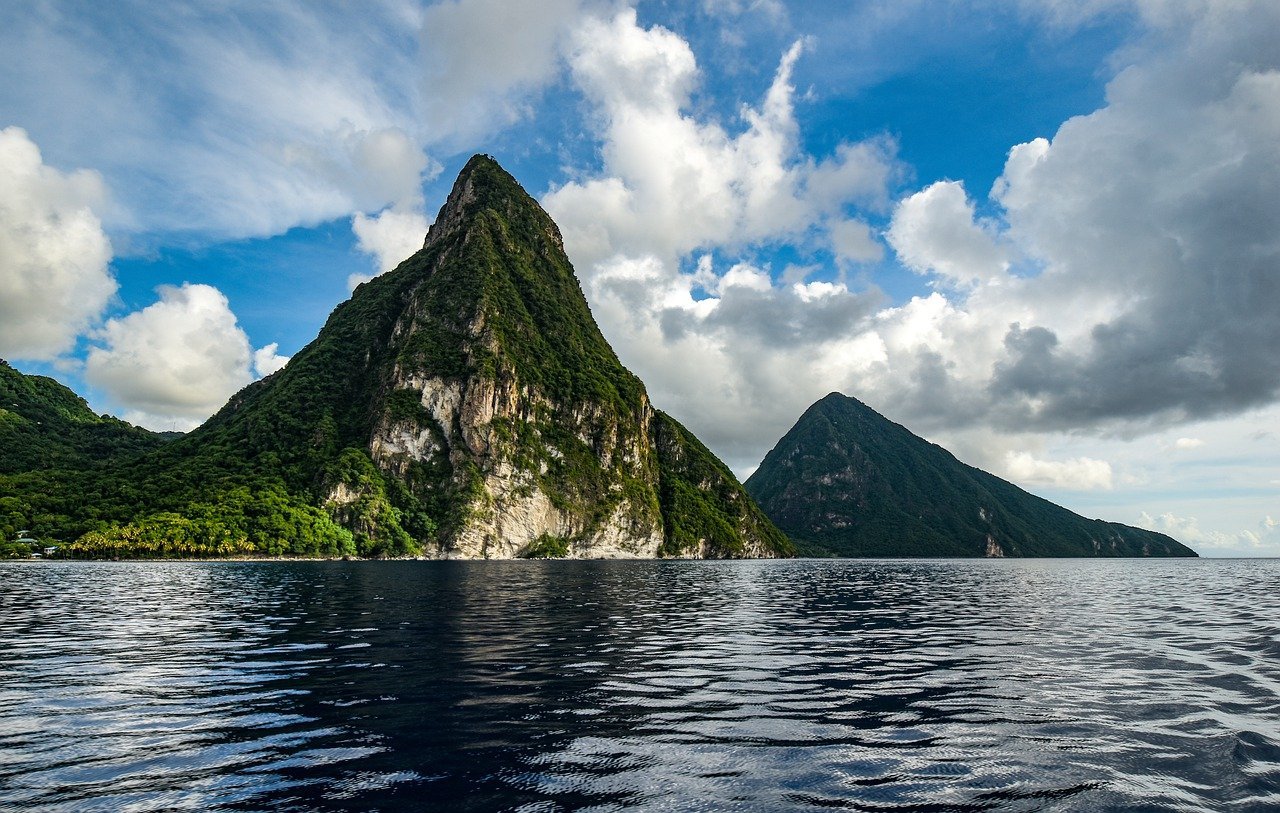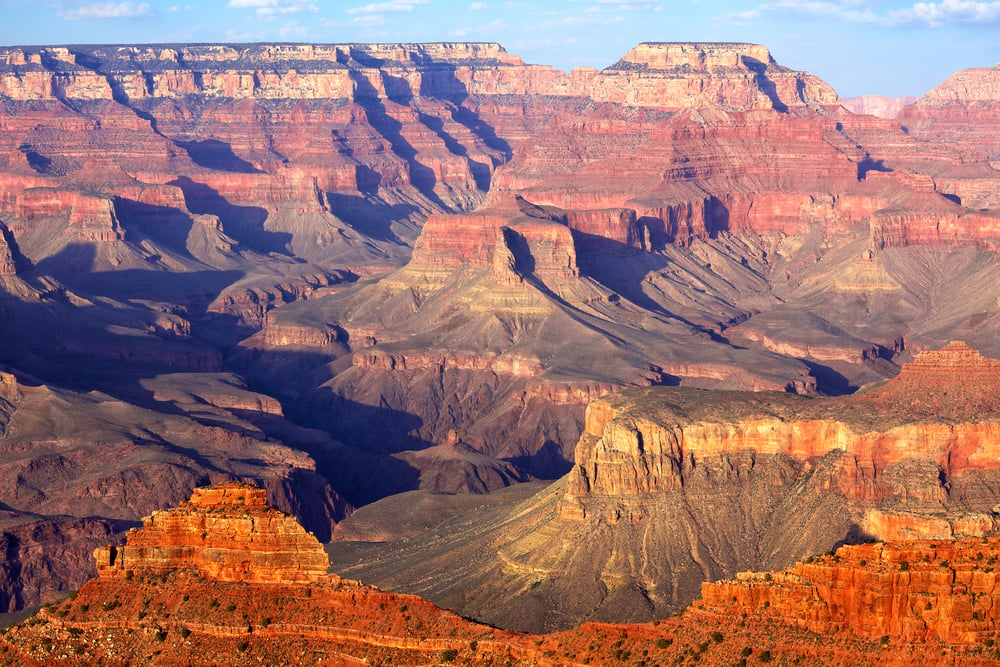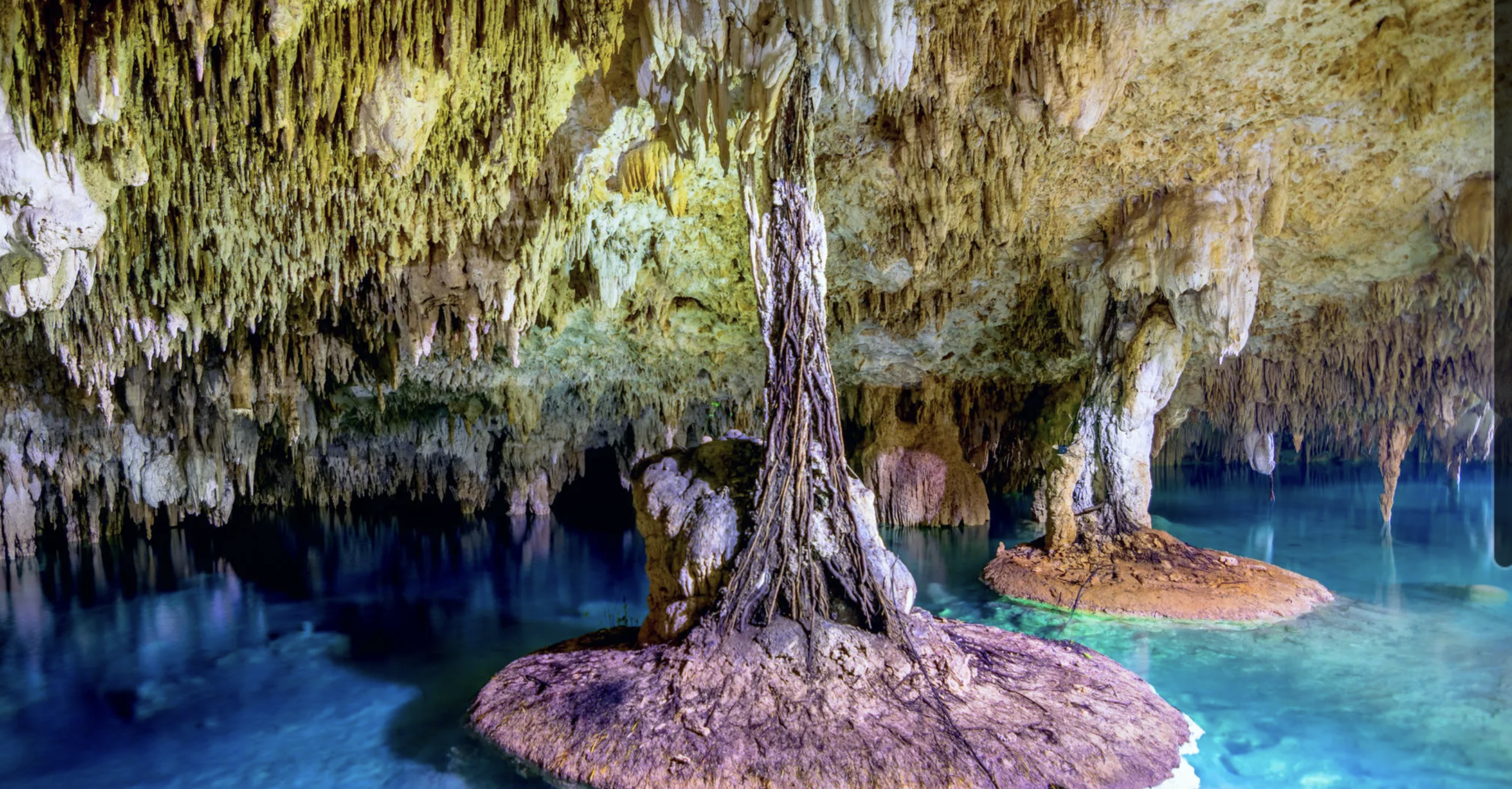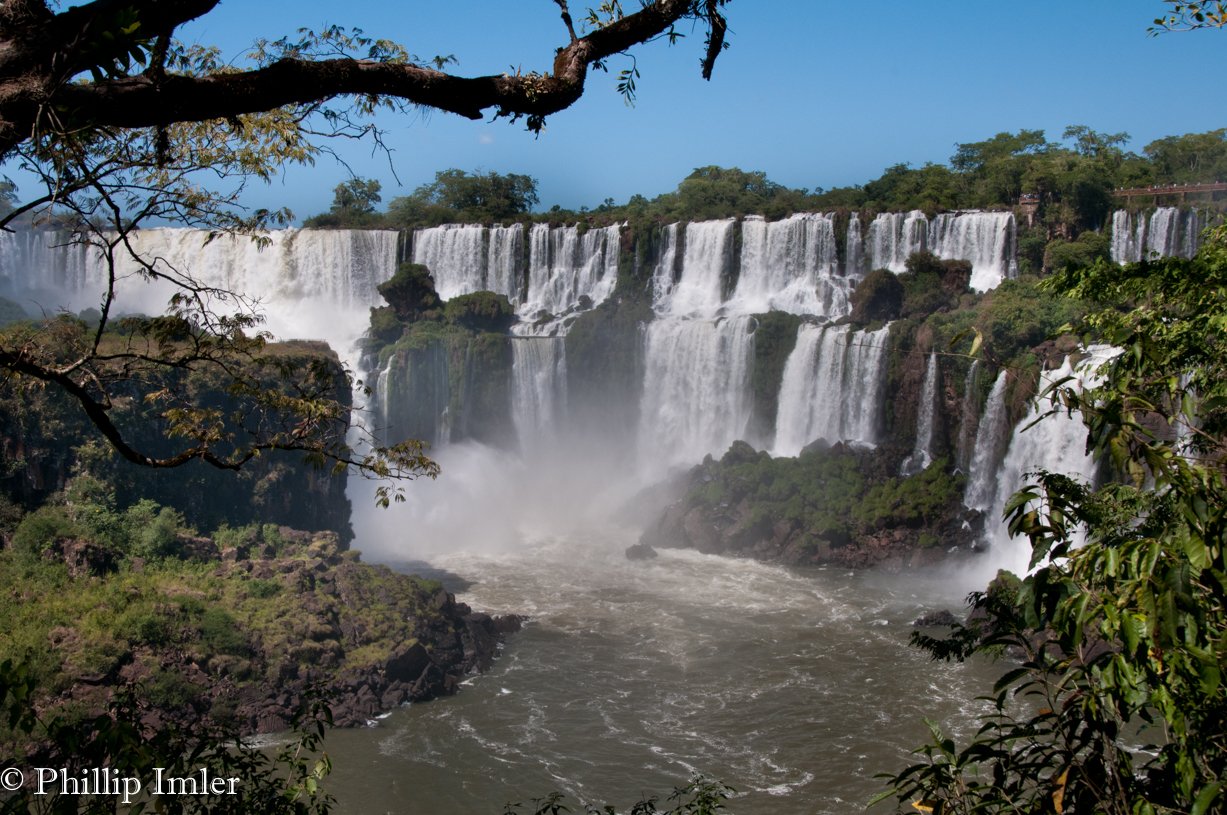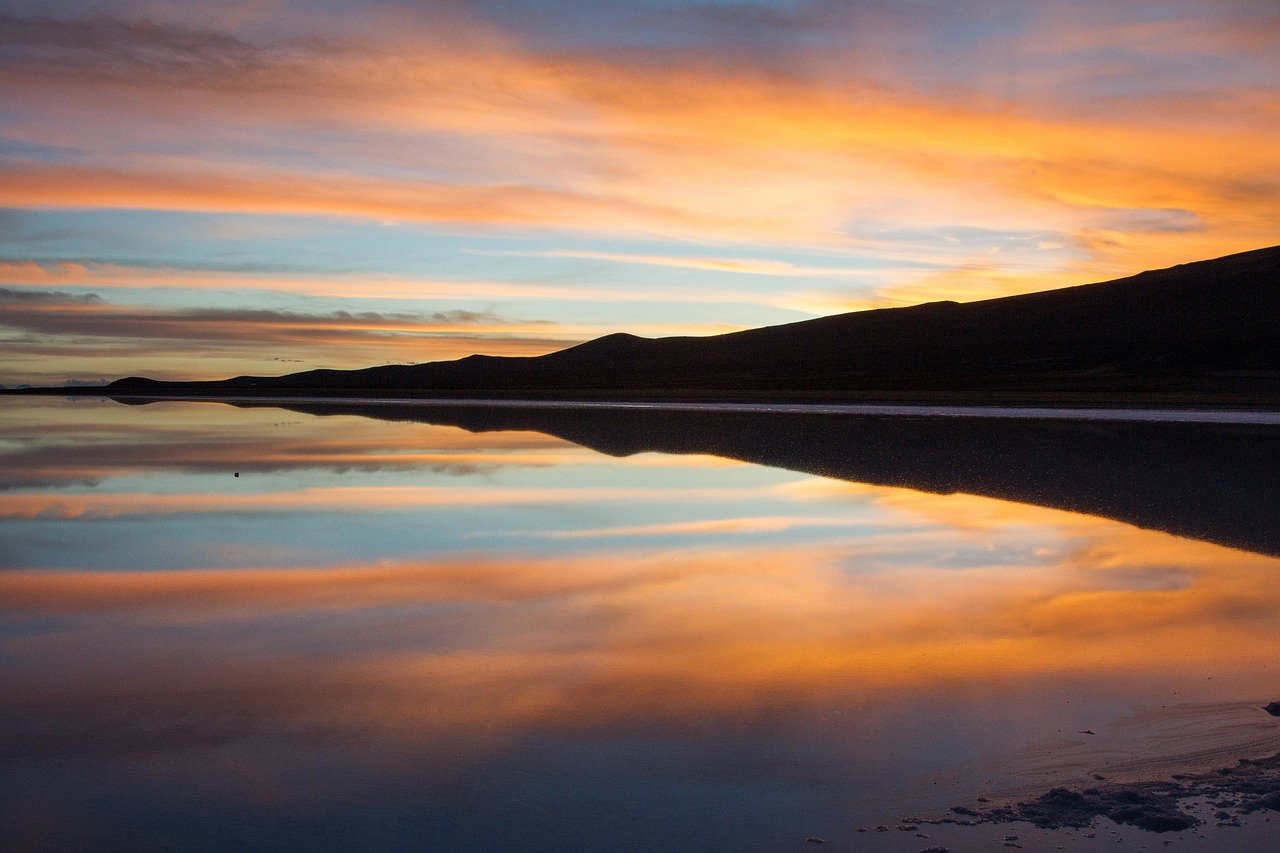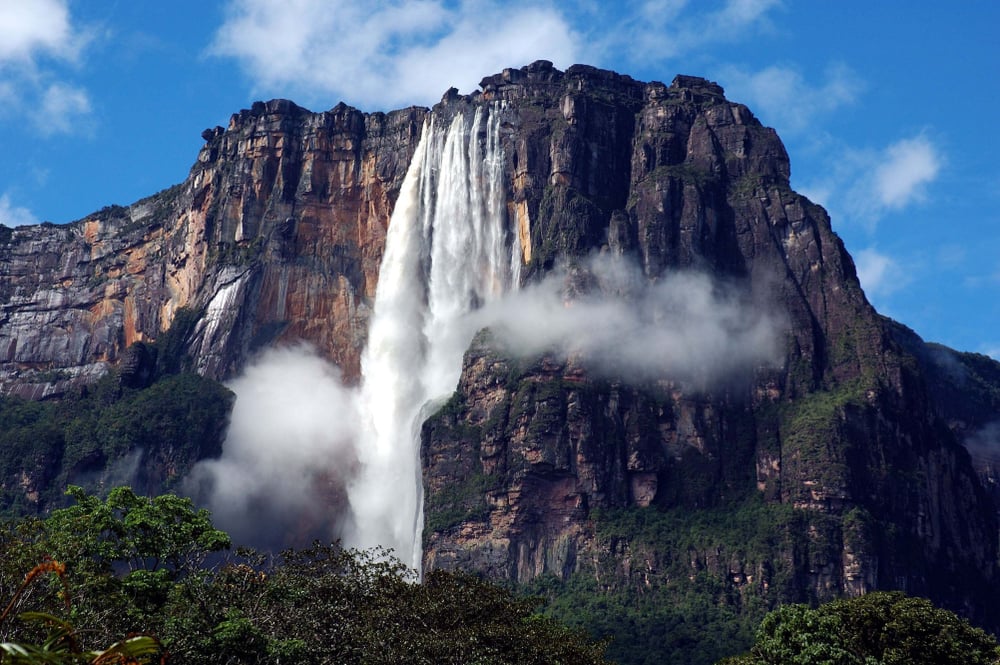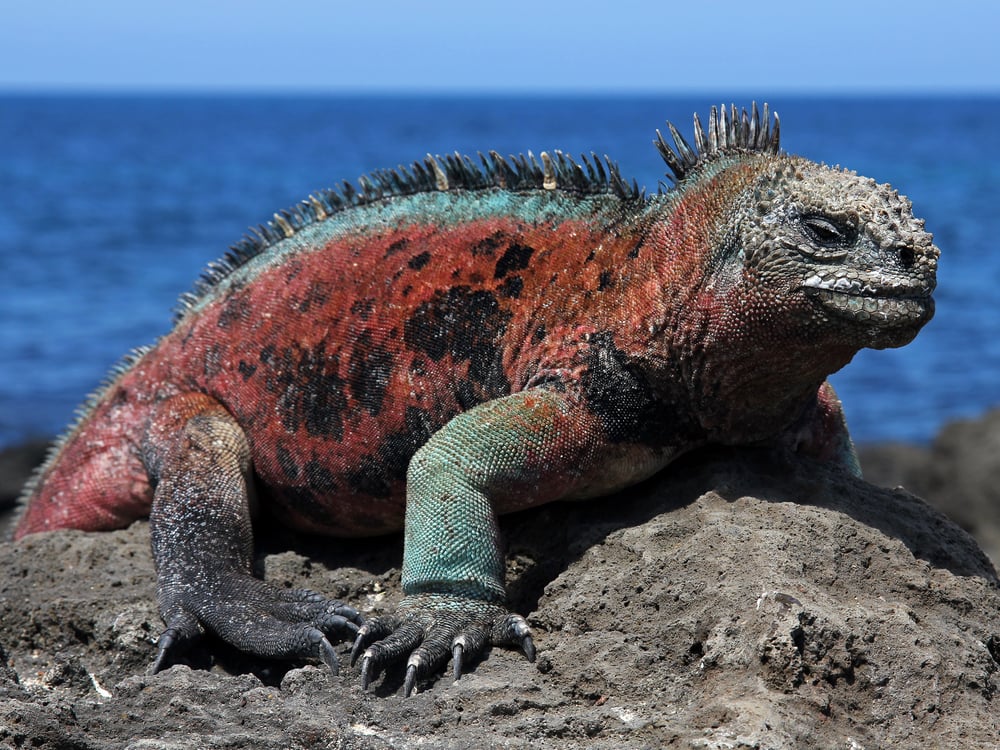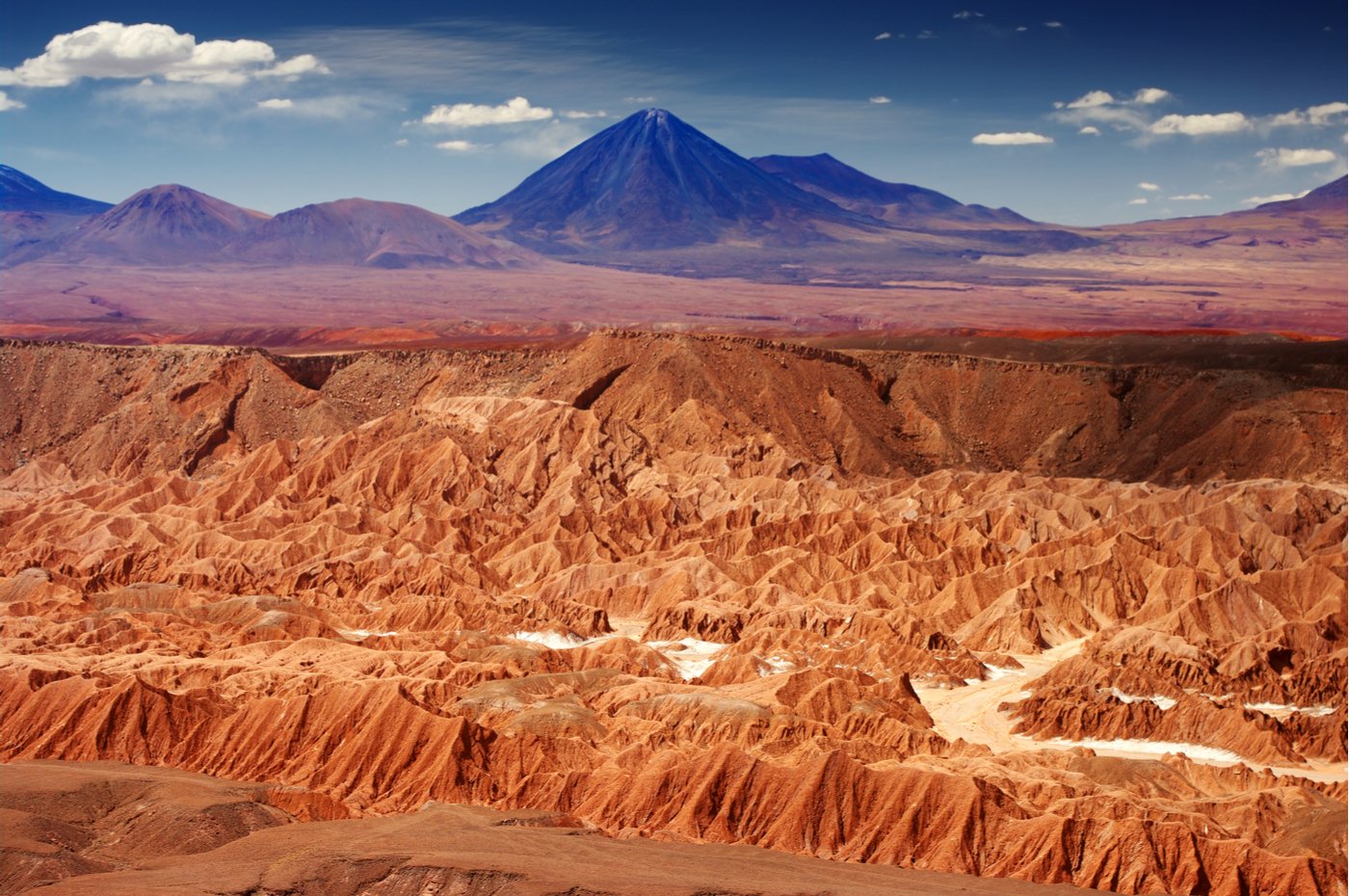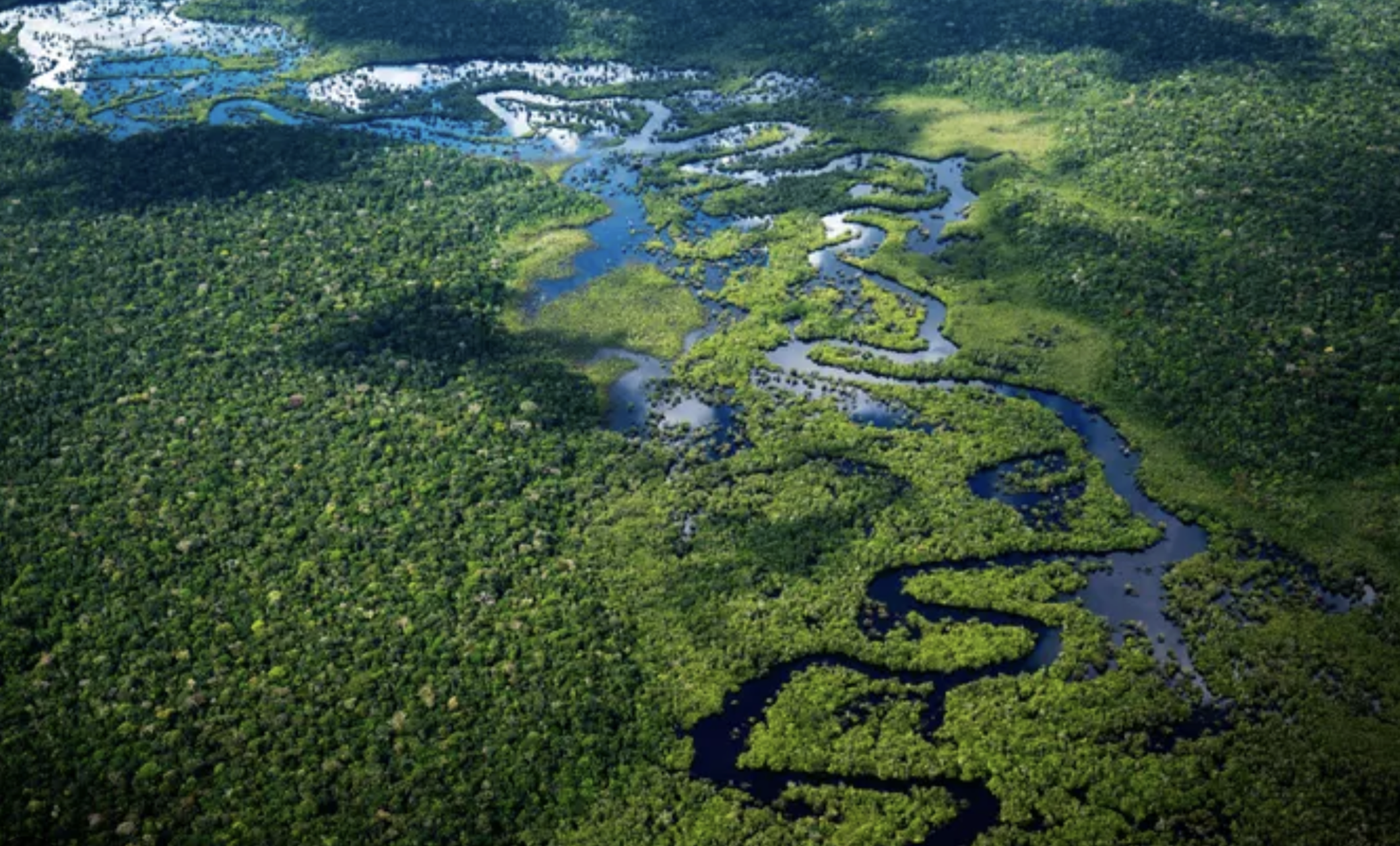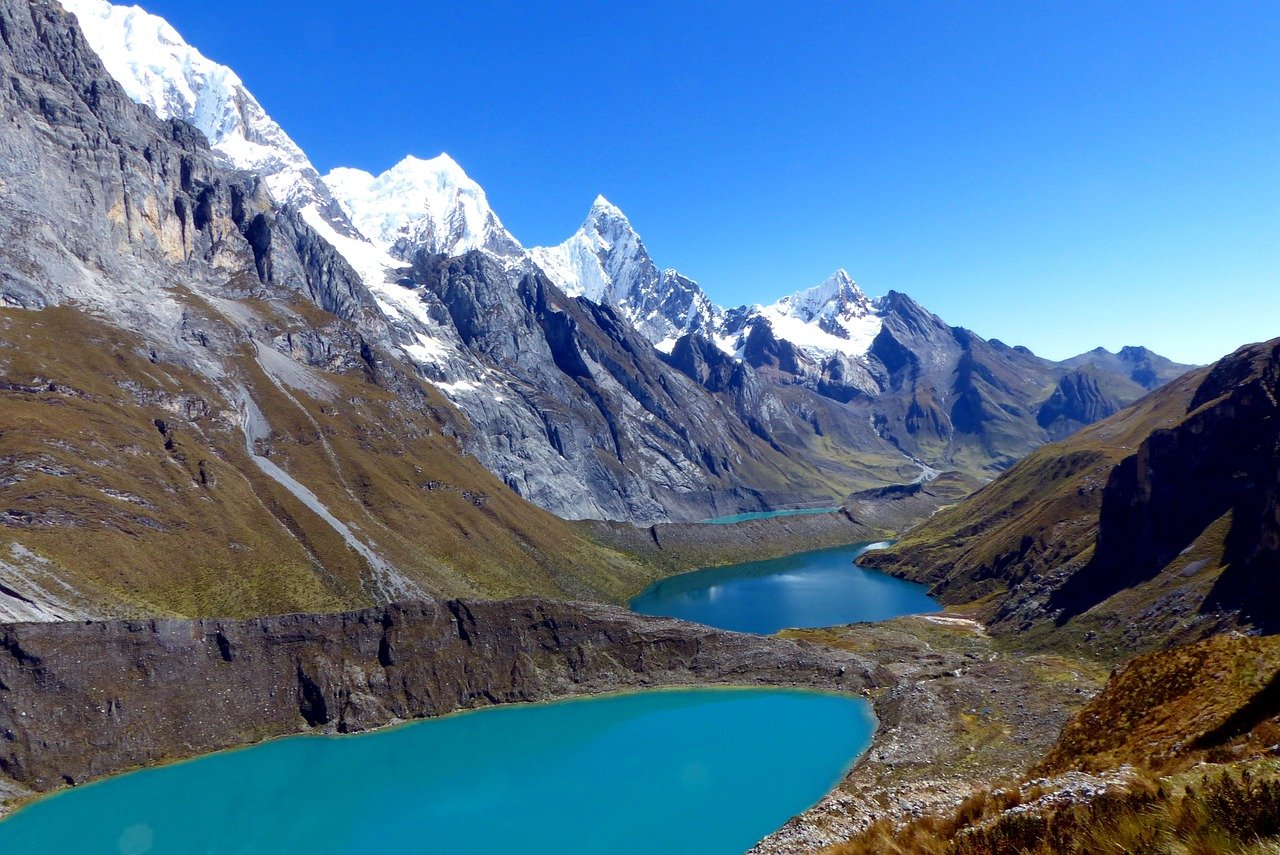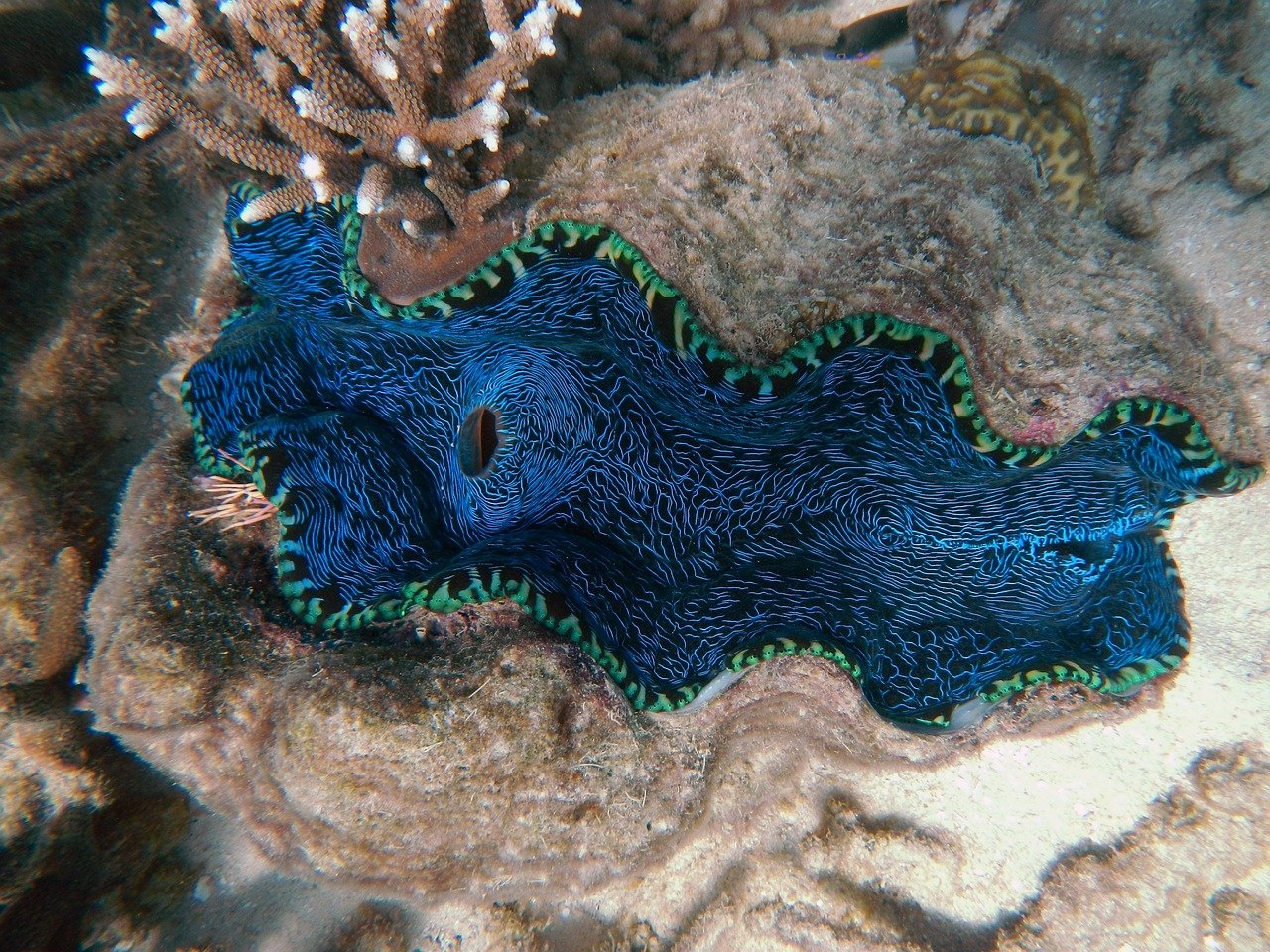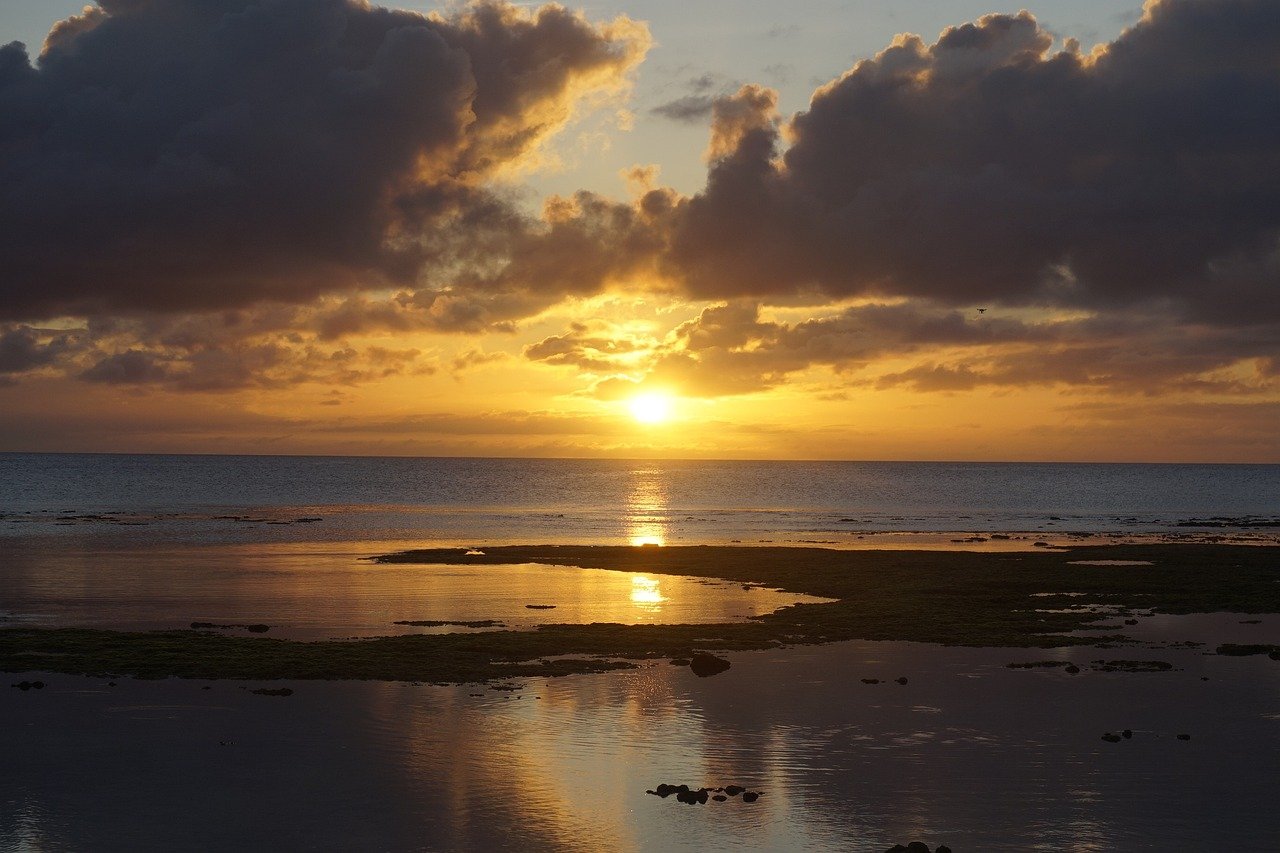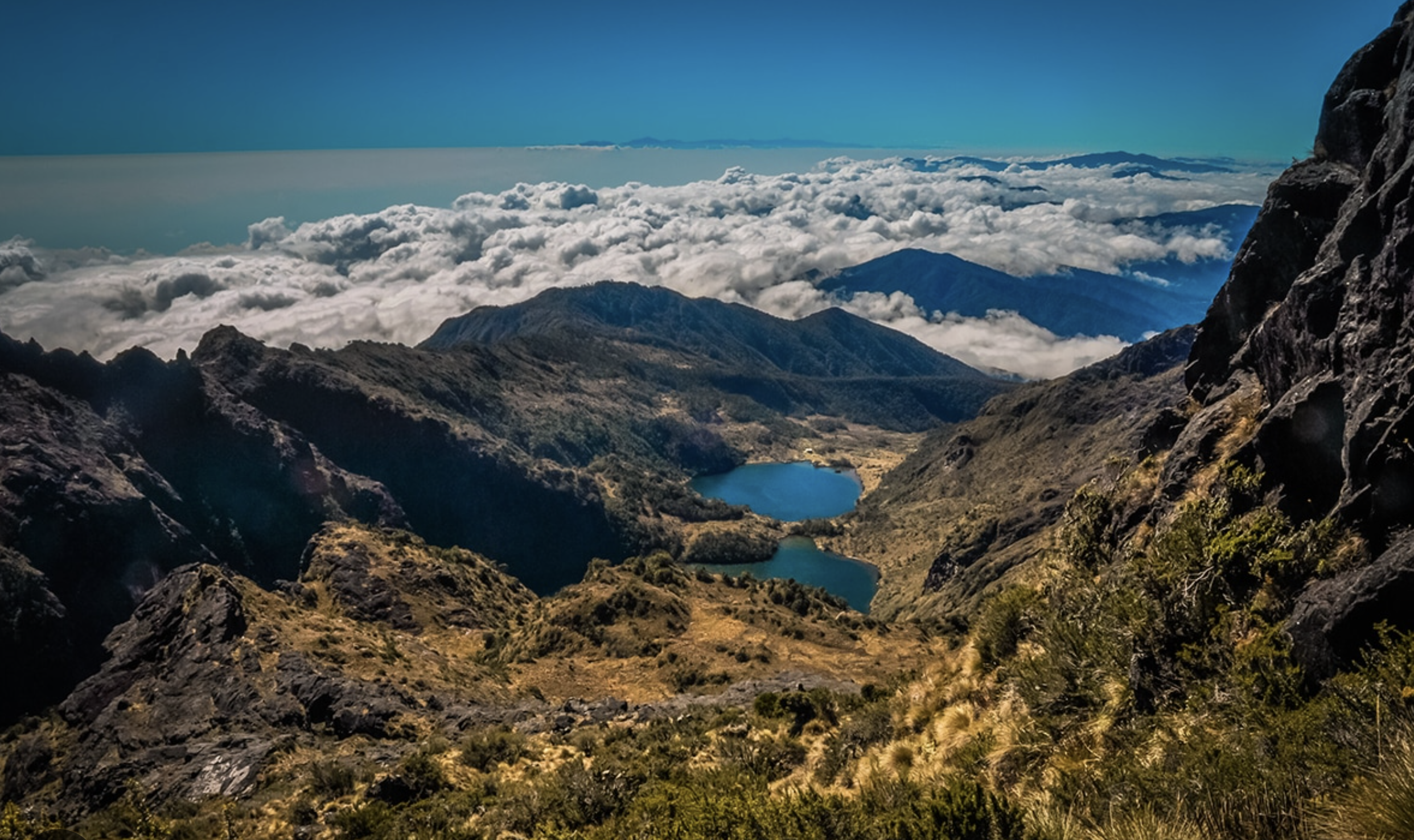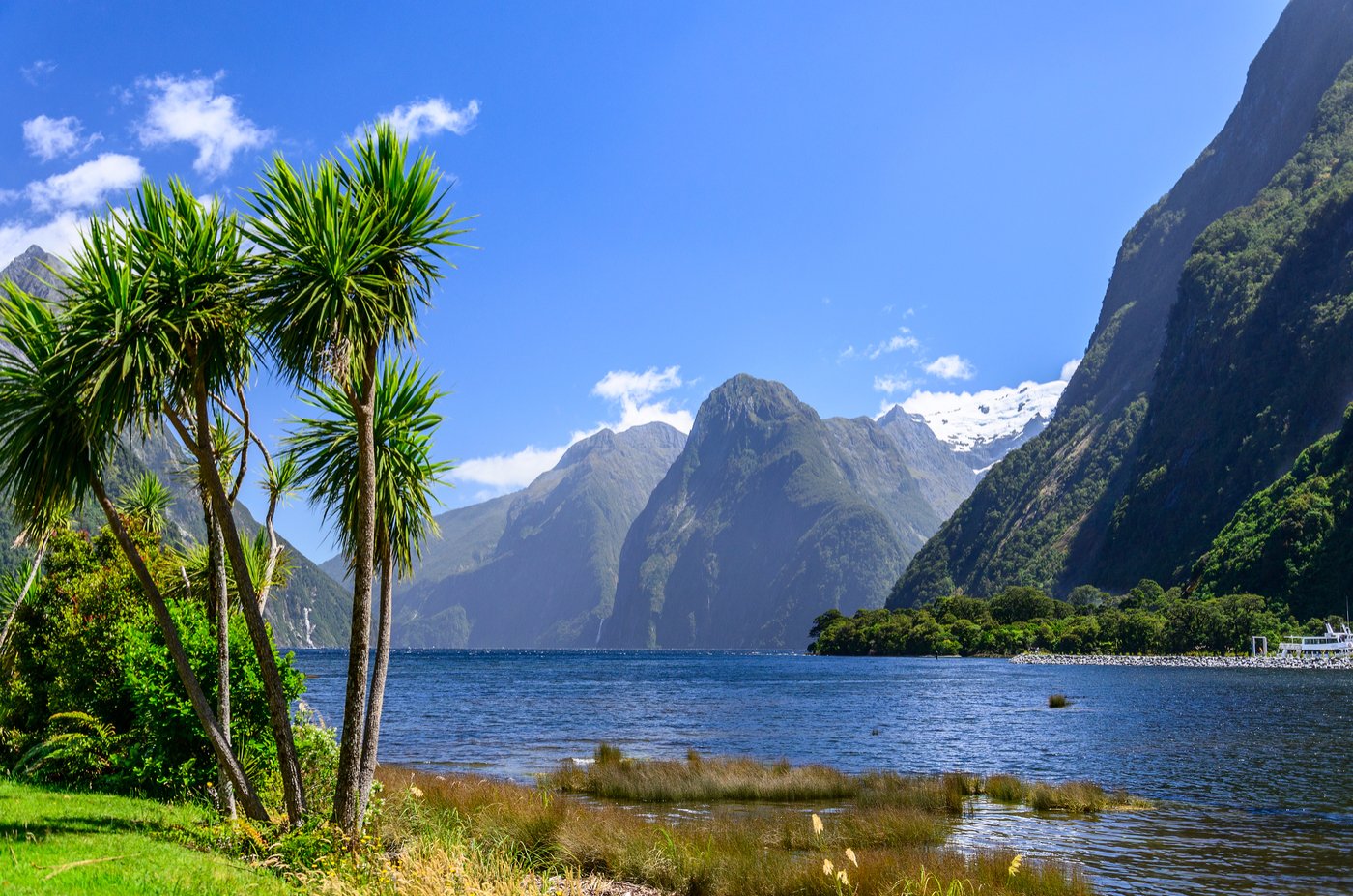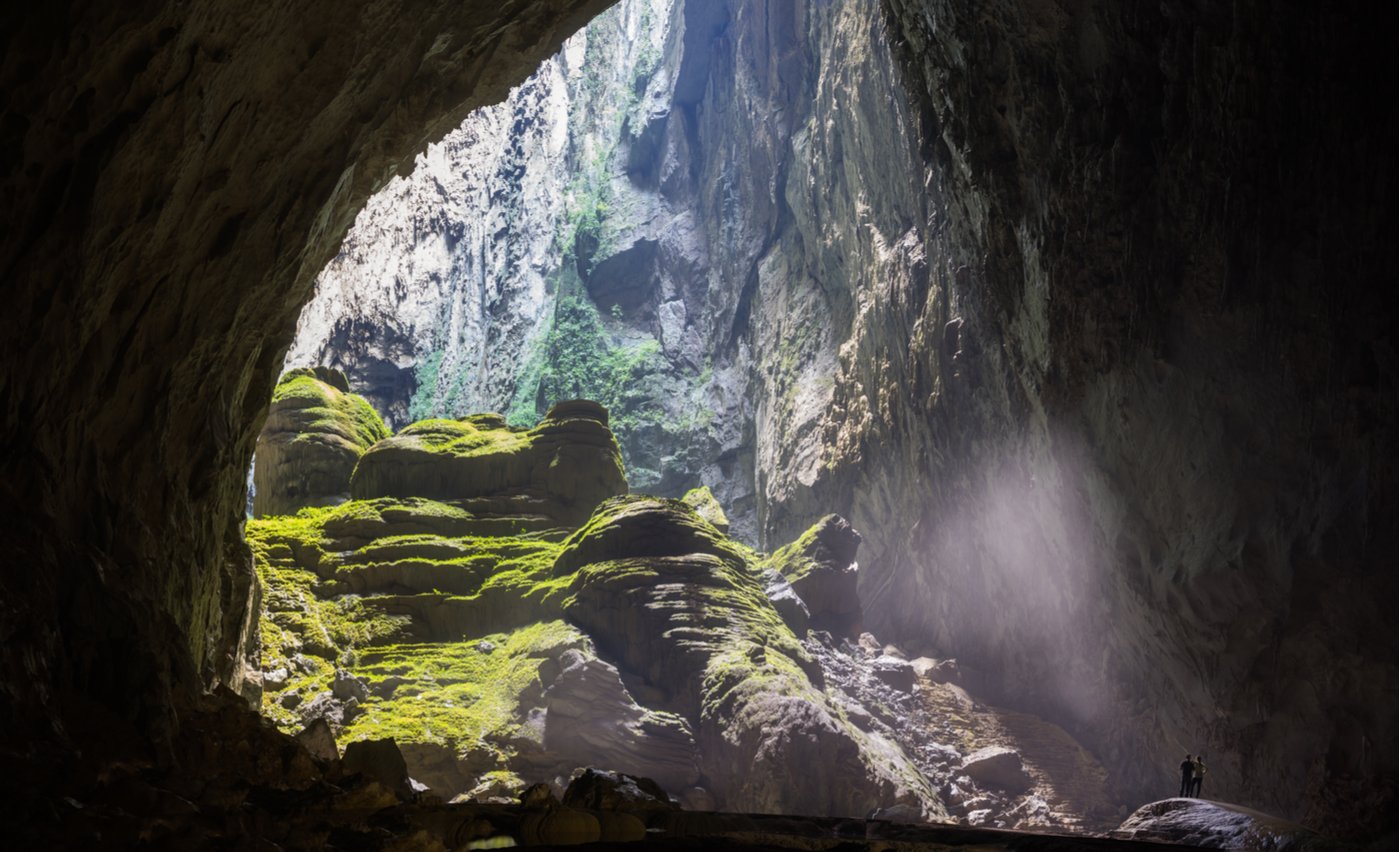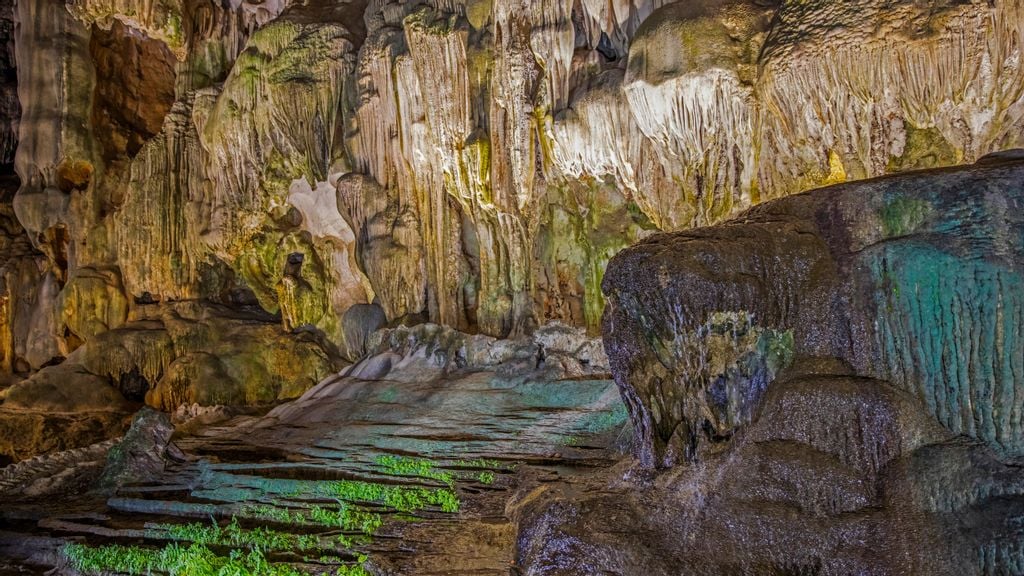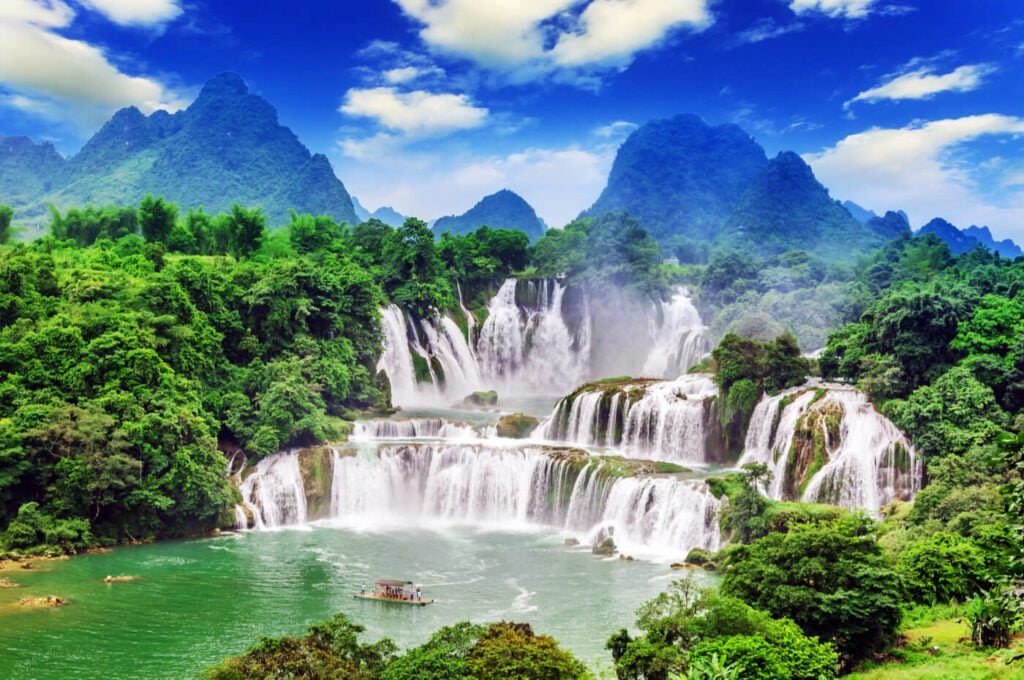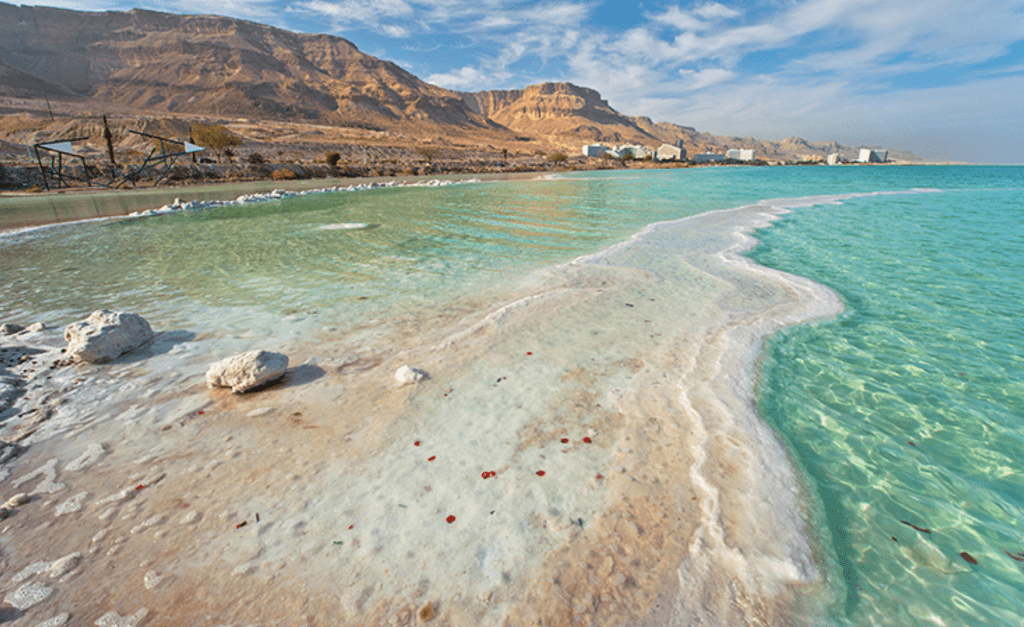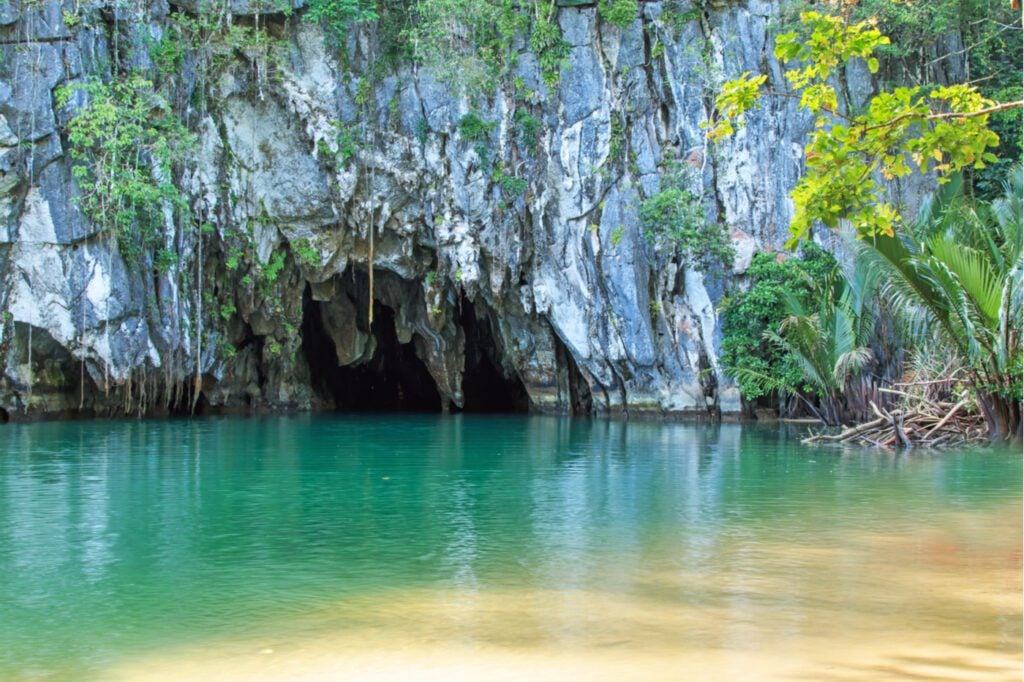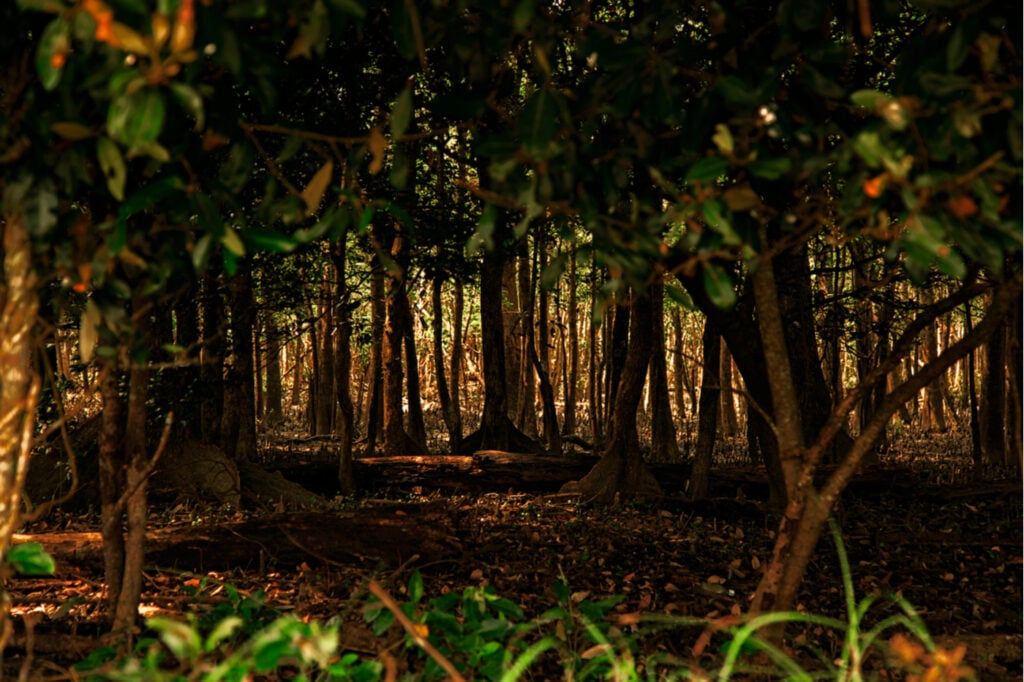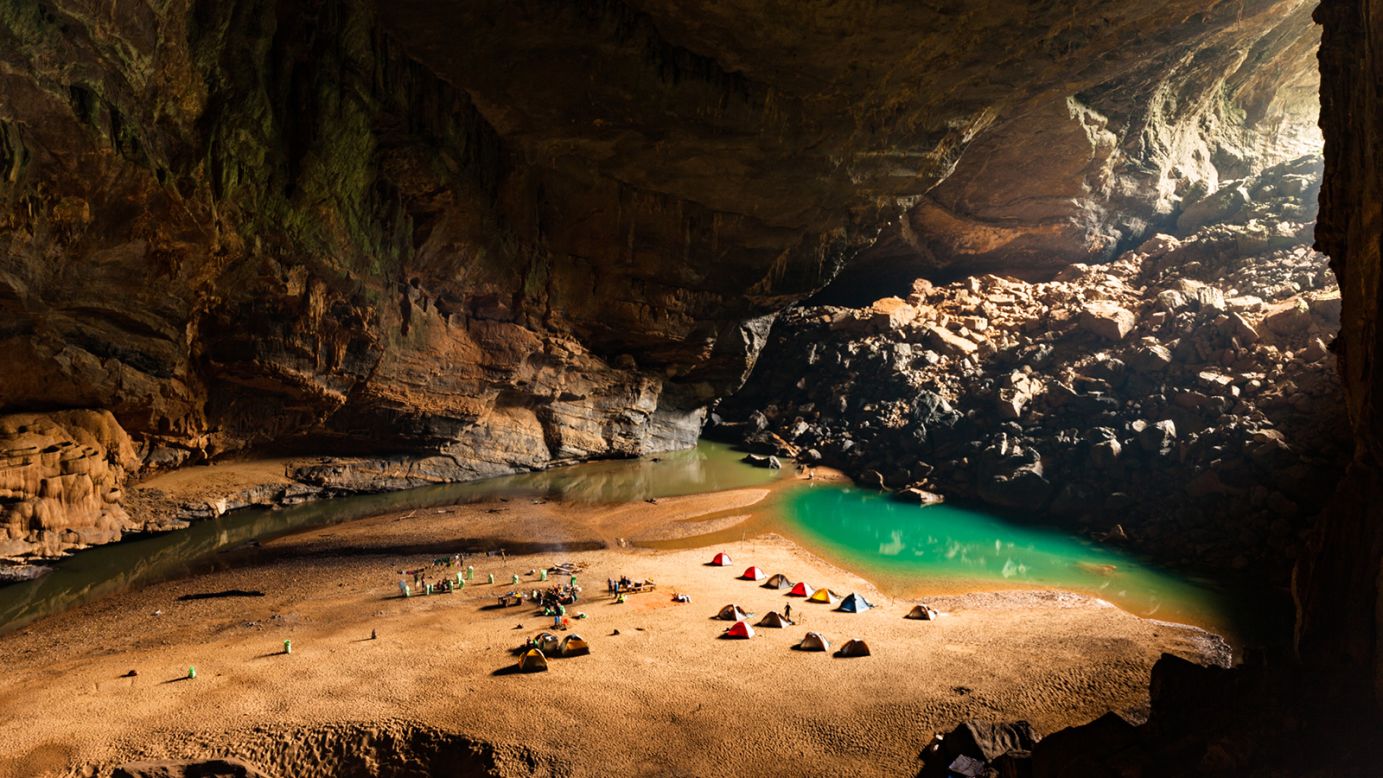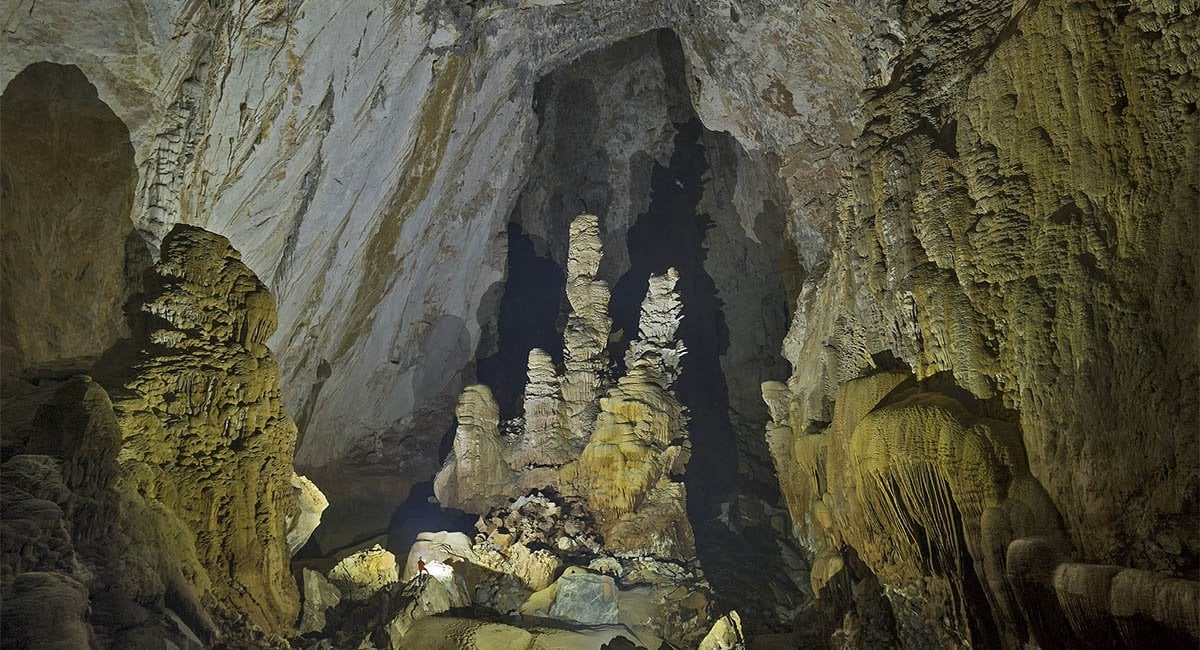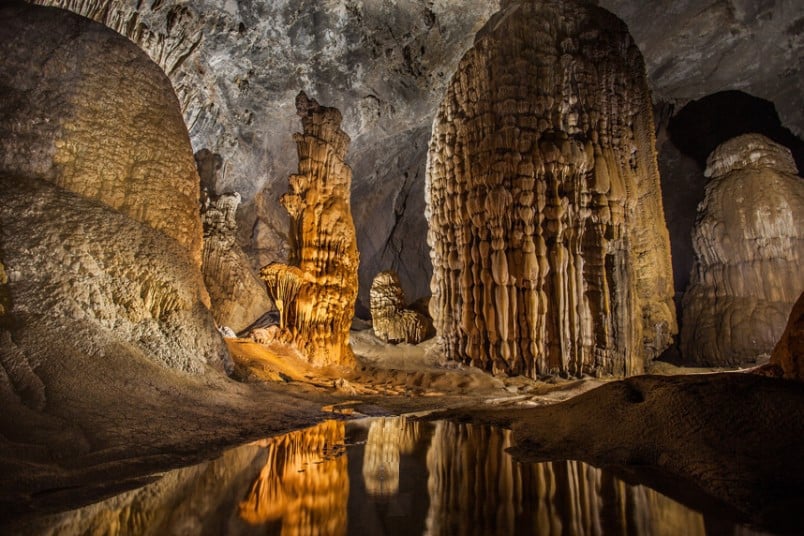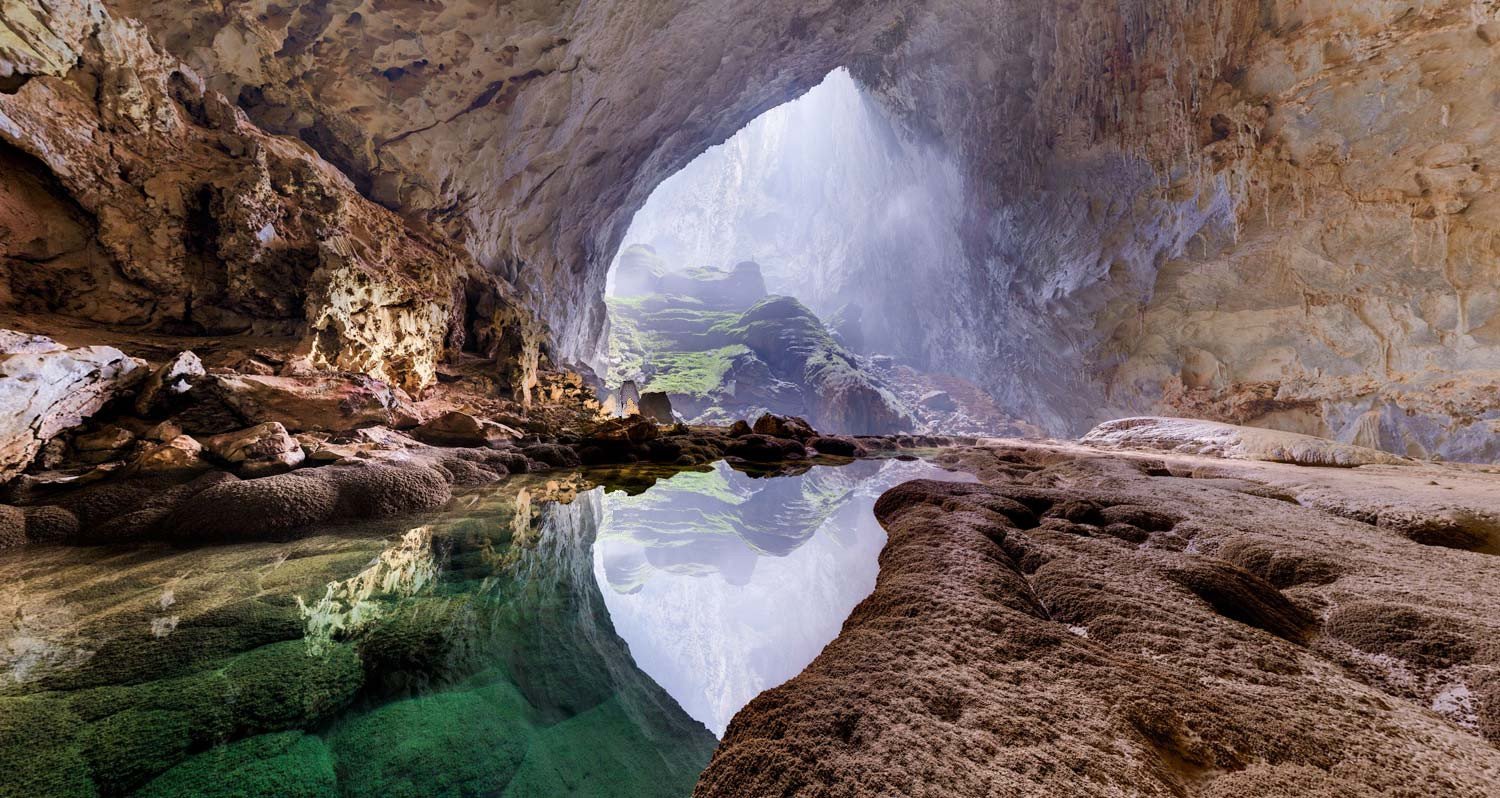About Son Doong Cave
Physical Characteristics
Son Doong Cave in Vietnam is a natural wonder of staggering proportions. Boasting the title of the world’s largest cave, Son Doong stretches over 9 kilometers (5.6 miles) in length, reaching heights of 200 meters (656 feet) and widths of 150 meters (492 feet).
Nestled within the Phong Nha-Kẻ Bàng National Park, this cavernous marvel plunges adventurers into a realm of immense subterranean beauty.
The cave descends to depths of around 150 meters (492 feet), creating a mesmerizing landscape of colossal stalactites and stalagmites that have formed over centuries. As you explore the cavern’s chambers, you’ll encounter a subterranean ecosystem with its own unique flora and fauna, adapted to thrive in the absence of sunlight.
One of the cave’s distinctive features is the presence of a subterranean river that adds an ethereal quality to the underground landscape.
Son Doong Cave is a testament to the awe-inspiring wonders that nature can create, inviting intrepid explorers to venture into its depths and witness the extraordinary beauty concealed beneath the Earth’s surface.
Wildlife
Nestled within the heart of the Annamite Range in Vietnam, Son Doong Cave stands as a colossal testament to nature’s wonders. Known as the world’s largest cave, this subterranean marvel not only boasts impressive geological formations but also harbors a unique ecosystem within its cavernous chambers. From blind cave fish that navigate the subterranean rivers to ancient stalagmites adorned with delicate ferns, the Son Doong Cave is a hidden realm where life adapts and thrives in the absence of sunlight.
Top 10 Wildlife Species in and around Son Doong Cave:
- Cave Swiftlet (Genus: Aerodramus):
- Darting through the cave’s vast chambers, cave swiftlets are agile birds adapted to life in complete darkness. These avian inhabitants navigate the cave with precision, contributing to the complex ecosystem with their droppings, which serve as nutrients for other organisms.
- White Cave Spider (Vietnam Cave Trapdoor Spider – Liphistius sp.):
- In the shadows of the cave, the white cave spider weaves intricate webs to capture unsuspecting prey. With its pale coloration, this unique arachnid blends seamlessly into the cave environment, relying on vibrations to detect movement.
- Cave Fish (Family: Nemacheilidae):
- In the subterranean rivers that wind through Son Doong Cave, blind cave fish swim gracefully in the inky darkness. Lacking eyesight, these fish have evolved unique adaptations, relying on heightened senses to navigate and locate prey in the absence of light.
- Cave Crickets (Family: Rhaphidophoridae):
- Hopping across the cave floor, cave crickets are resilient insects that have adapted to the low-light conditions. With long antennae and powerful hind legs, these crickets are well-suited to the challenges of life in the darkness.
- Cave Beetles (Family: Carabidae):
- Scuttling along the cave walls, cave beetles are diverse and numerous in Son Doong. With specialized adaptations, these beetles navigate the cave environment, contributing to the decomposition of organic matter and forming an integral part of the cave’s ecosystem.
- Bats (Various species):
- Hovering in the cave’s immense chambers, bats are vital inhabitants of Son Doong Cave. Playing a crucial role in pollination and controlling insect populations, these nocturnal creatures fill the cave with the echo of their wings as they navigate the dark expanse.
- Woodlouse (Order: Isopoda):
- In the damp recesses of the cave, woodlice scavenge for decaying organic matter. These small crustaceans contribute to nutrient cycling within the cave ecosystem, aiding in the breakdown of organic material.
- Ferns (Various species):
- Adorning the cave walls and formations, ferns are hardy plants that thrive in the filtered light. Their delicate fronds add a touch of greenery to the cave’s surreal landscapes, drawing nutrients from the air and surrounding environment.
- Cave Nematodes (Phylum: Nematoda):
- Microscopic and often unseen, cave nematodes are tiny roundworms that inhabit the cave’s soil and water. These microorganisms play a vital role in nutrient cycling and contribute to the overall health of the cave ecosystem.
- Stalagmites and Stalactites (Mineral formations):
- Decorating the cave’s interior, stalagmites and stalactites are formations created over thousands of years through the deposition of minerals. They serve as a testament to the geological history of Son Doong Cave and provide unique habitats for specialized cave-adapted life.
Exploring Son Doong Cave unveils not only the breathtaking beauty of colossal caverns but also the intricate ecosystems that exist in the perpetual darkness. From the smallest invertebrates to majestic geological formations, life in Son Doong Cave is a testament to the adaptability and resilience of nature in the most extreme environments.
Ways to experience
Son Doong Cave, nestled within the heart of Vietnam, stands as the world’s largest cave system, inviting adventurers to explore its vast chambers and otherworldly landscapes. This subterranean wonder promises an unparalleled journey into the depths of Earth’s majesty.
Ways to Experience Son Doong Cave:
- Cave Expedition Tours:
- Join cave expedition tours led by experienced guides. Traverse the colossal chambers, witness stunning stalactite formations, and marvel at the sheer scale of Son Doong. The expedition offers a challenging yet rewarding adventure.
- Jungle Trekking to the Cave Entrance:
- Embark on jungle trekking to reach the cave entrance. Navigate through lush landscapes, cross rivers, and absorb the natural beauty of the surrounding Phong Nha-Kẻ Bàng National Park before descending into the cave.
- Cave Camping Adventures:
- Engage in cave camping adventures. Spend nights within the cave, surrounded by its unique atmosphere. Campsites are set up within chambers, allowing an intimate experience with the cave’s mystique.
- Photography Expeditions:
- Capture the cave’s ethereal beauty through photography expeditions. The otherworldly formations, dramatic lighting, and colossal dimensions make Son Doong an ideal subject for photographers seeking to document its grandeur.
- Abseiling and Rope Descents:
- Experience abseiling and rope descents within the cave. Traverse through vertical sections with the assistance of expert guides, adding an adrenaline-pumping element to your Son Doong exploration.
- Swimming in Underground Rivers:
- Enjoy swimming in underground rivers within the cave. The crystal-clear waters wind through caverns, providing a refreshing and unique aquatic experience amid the subterranean world.
- Observing Unique Fauna and Flora:
- Observe unique fauna and flora exclusive to Son Doong. The cave’s ecosystem boasts rare species, including cave pearls and unique insects, offering insights into the adaptations of life in this hidden realm.
- Helicopter Overflights:
- Opt for helicopter overflights for a panoramic perspective. Witness the grandeur of Son Doong from above, taking in the vastness of its chambers and the pristine beauty of the surrounding landscapes.
- Educational Interpretative Tours:
- Participate in educational interpretative tours. Guides provide insights into the geology, history, and conservation efforts surrounding Son Doong, enriching the adventure with a deeper understanding of this natural wonder.
- Community Interaction in Phong Nha Village:
- Connect with the local community in Phong Nha Village. Immerse yourself in the culture, traditions, and warm hospitality of the villagers, creating a holistic experience beyond the cave exploration.
Son Doong Cave beckons those seeking unparalleled subterranean adventures, offering a tapestry of challenges, natural wonders, and cultural encounters. Whether exploring its colossal chambers or camping within its depths, Son Doong promises an extraordinary journey into the heart of Earth’s majestic secrets.
Best Times
Embark on an awe-inspiring journey to Son Doong Cave, the world’s largest cave located in Vietnam. Choosing the optimal time to explore this natural marvel ensures an unforgettable adventure amid colossal caverns and unique geological formations.
Best Time to Visit:
- Dry Season (February to August):
- Average Temperatures: 68 to 89°F (20 to 32°C)
- Discover Son Doong Cave during the dry season for ideal trekking conditions. The clear weather allows you to witness the cave’s grandeur, including its massive chambers and stunning stalactite formations. Traverse the cave’s passages and witness the unique ecosystem thriving within its depths. The dry season offers a remarkable opportunity for exploration without the hindrance of heavy rainfall.
- Wet Season (September to January):
- Average Temperatures: 59 to 77°F (15 to 25°C)
- While the wet season brings occasional rains, it transforms the landscape around Son Doong Cave into a lush and vibrant ecosystem. The cave’s skylights illuminate the chambers, creating mesmerizing scenes. Exploring during the wet season provides a different perspective, showcasing the cave’s dynamic beauty amidst the verdant surroundings.
Conclusion:
Choosing when to visit Son Doong Cave allows you to tailor your experience. Whether you prefer the dry season’s clear skies and optimal trekking conditions or the wet season’s lush landscapes and unique cave atmospheres, each season offers a distinct and captivating encounter with this natural wonder.

